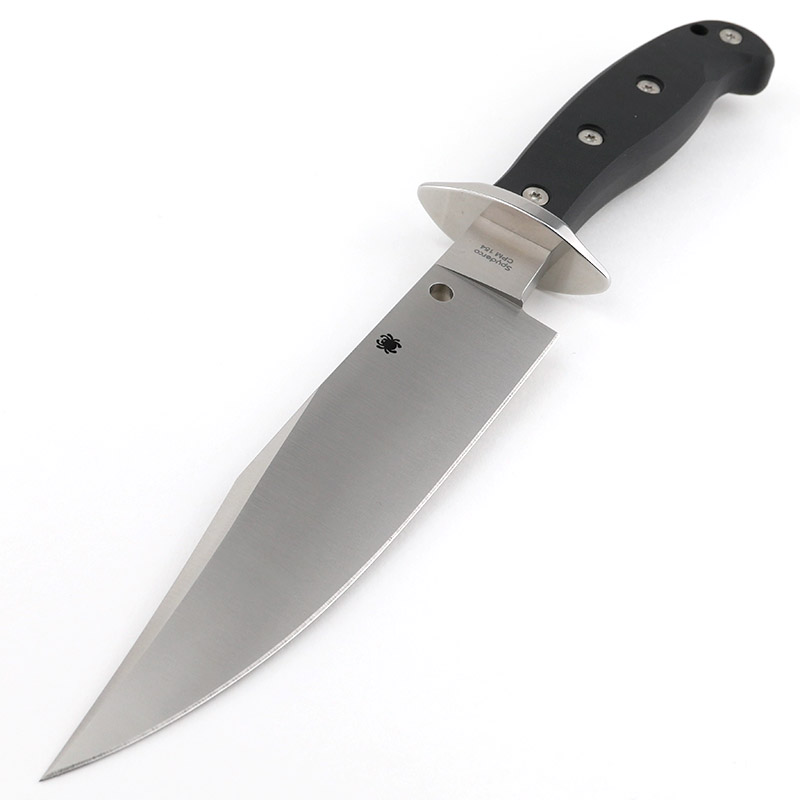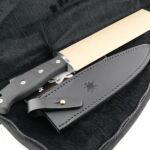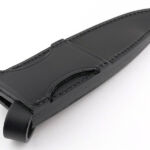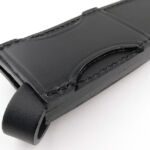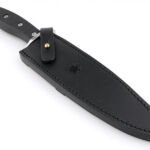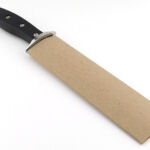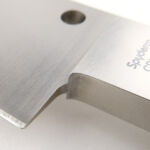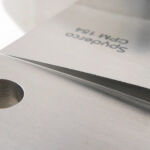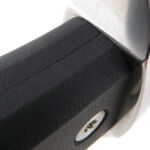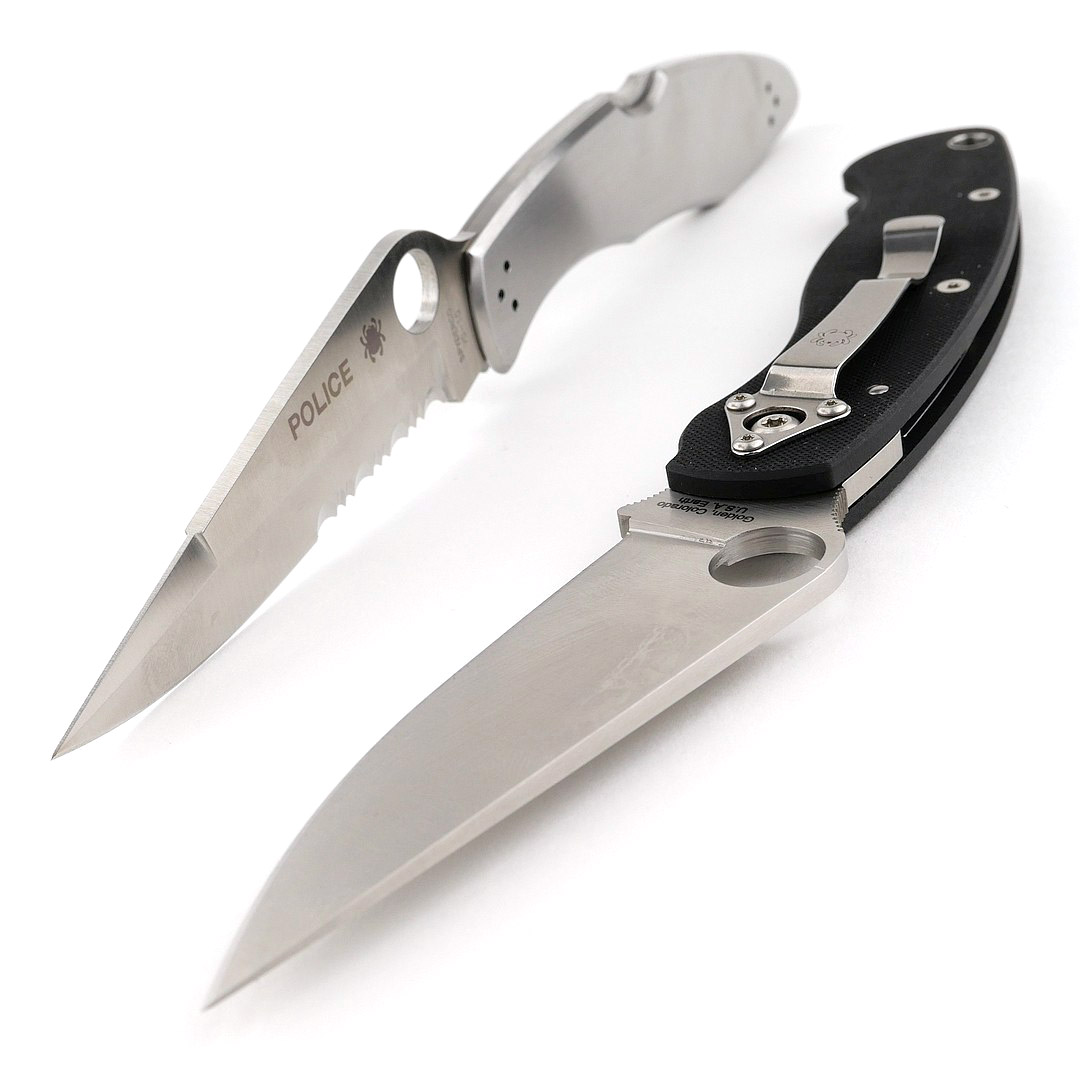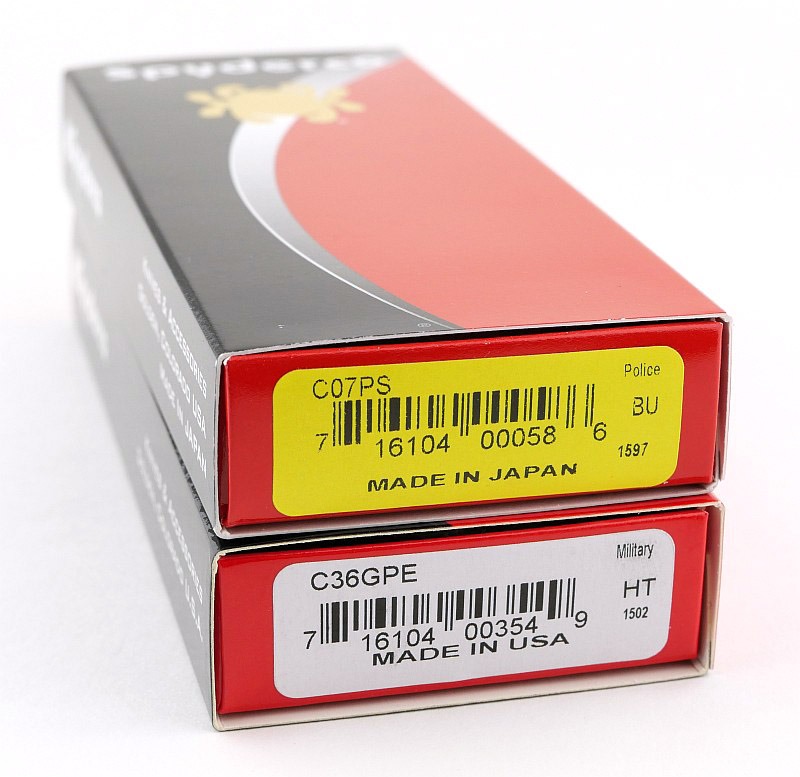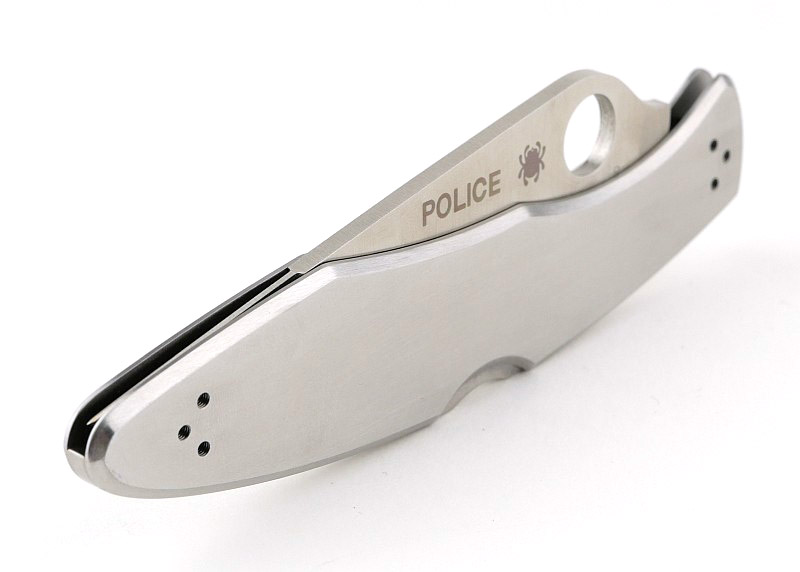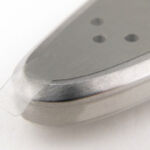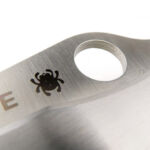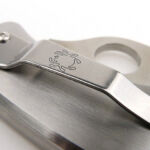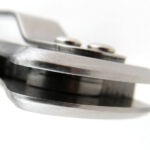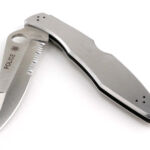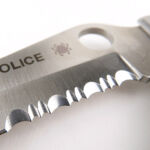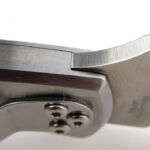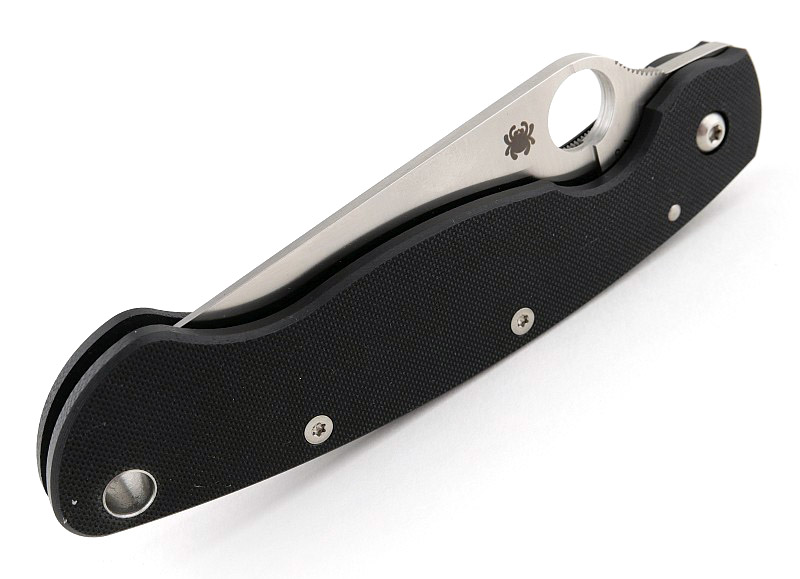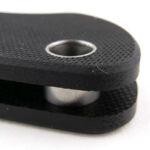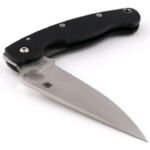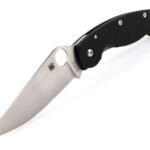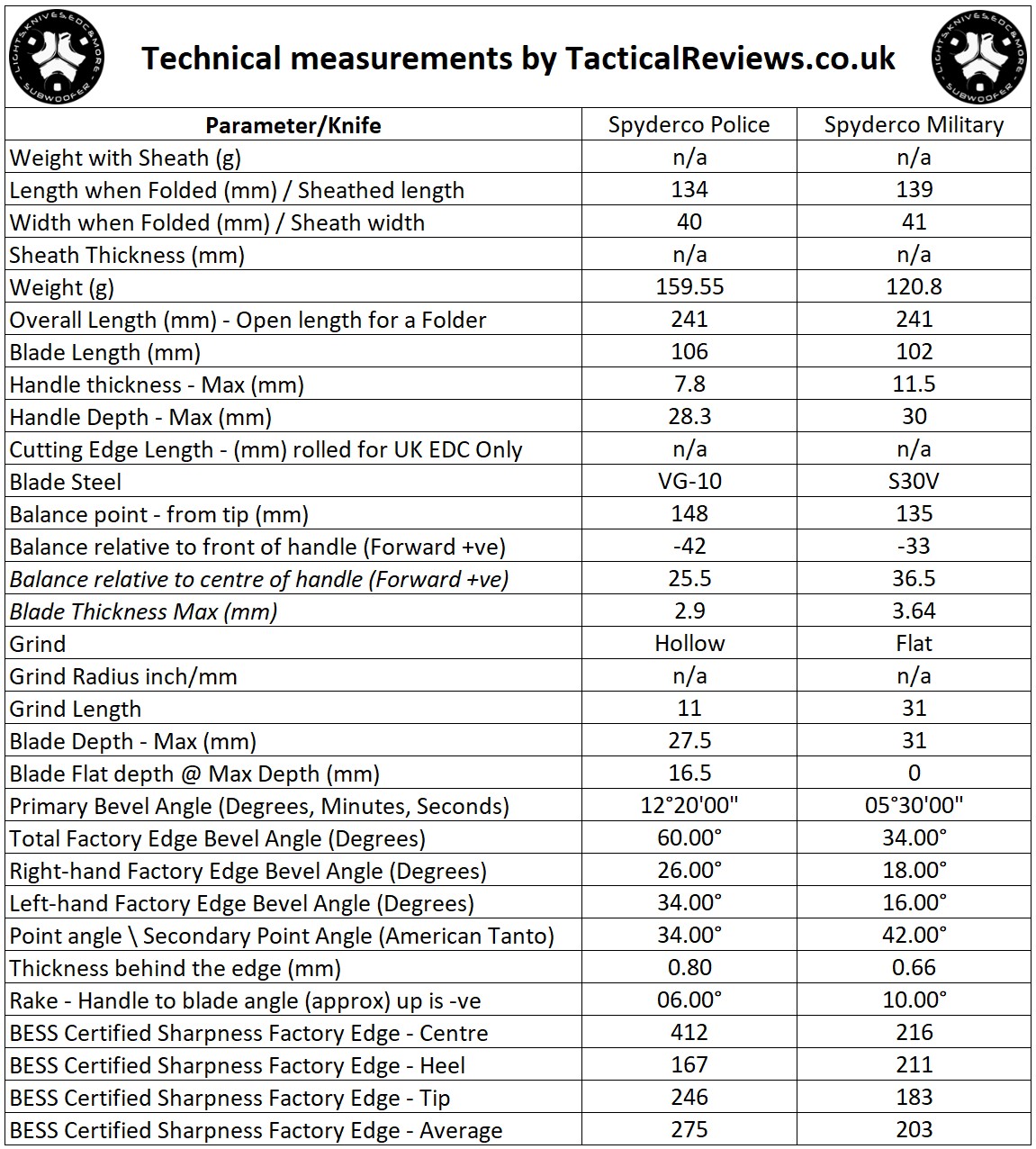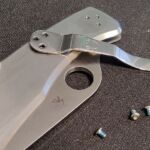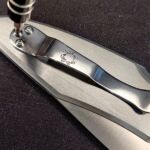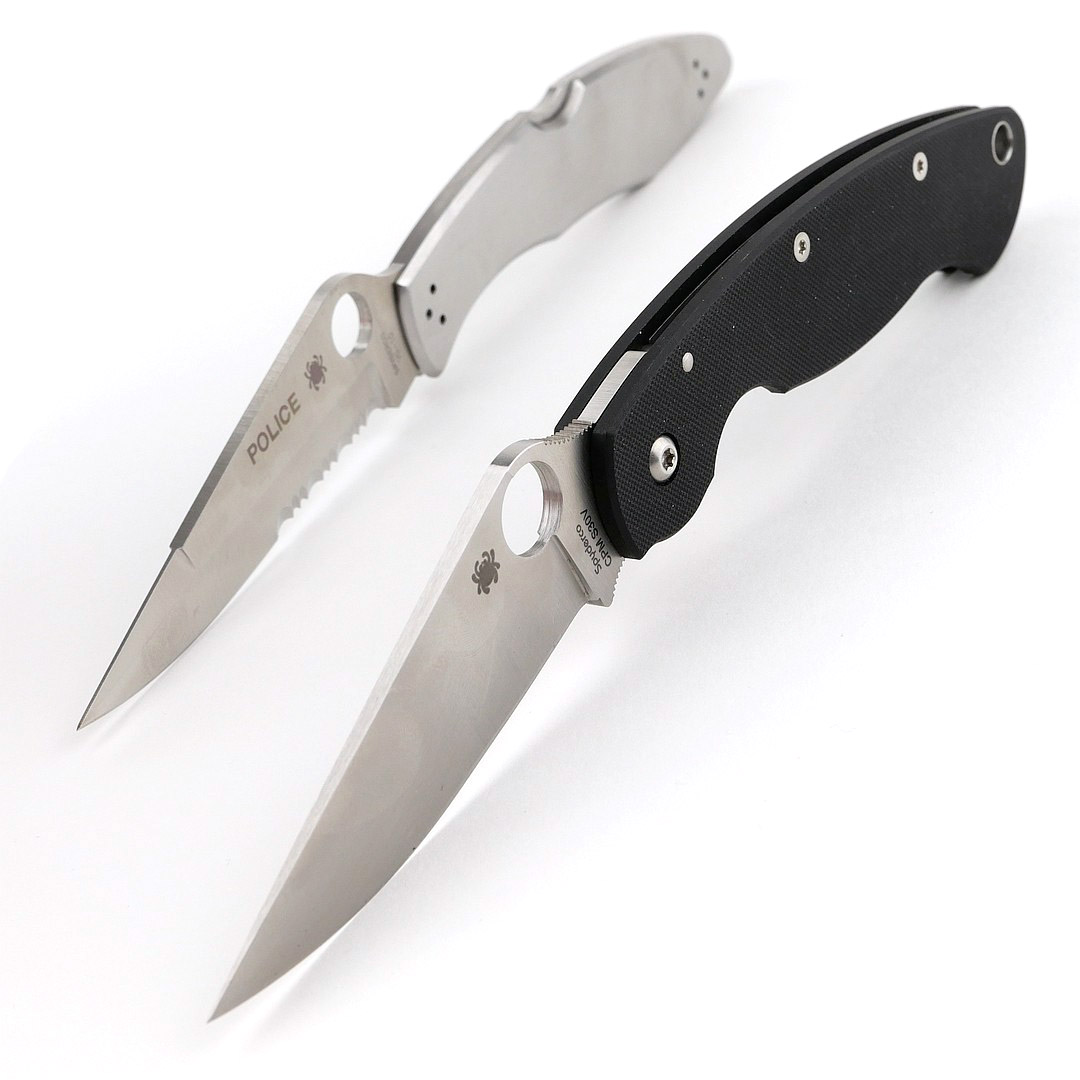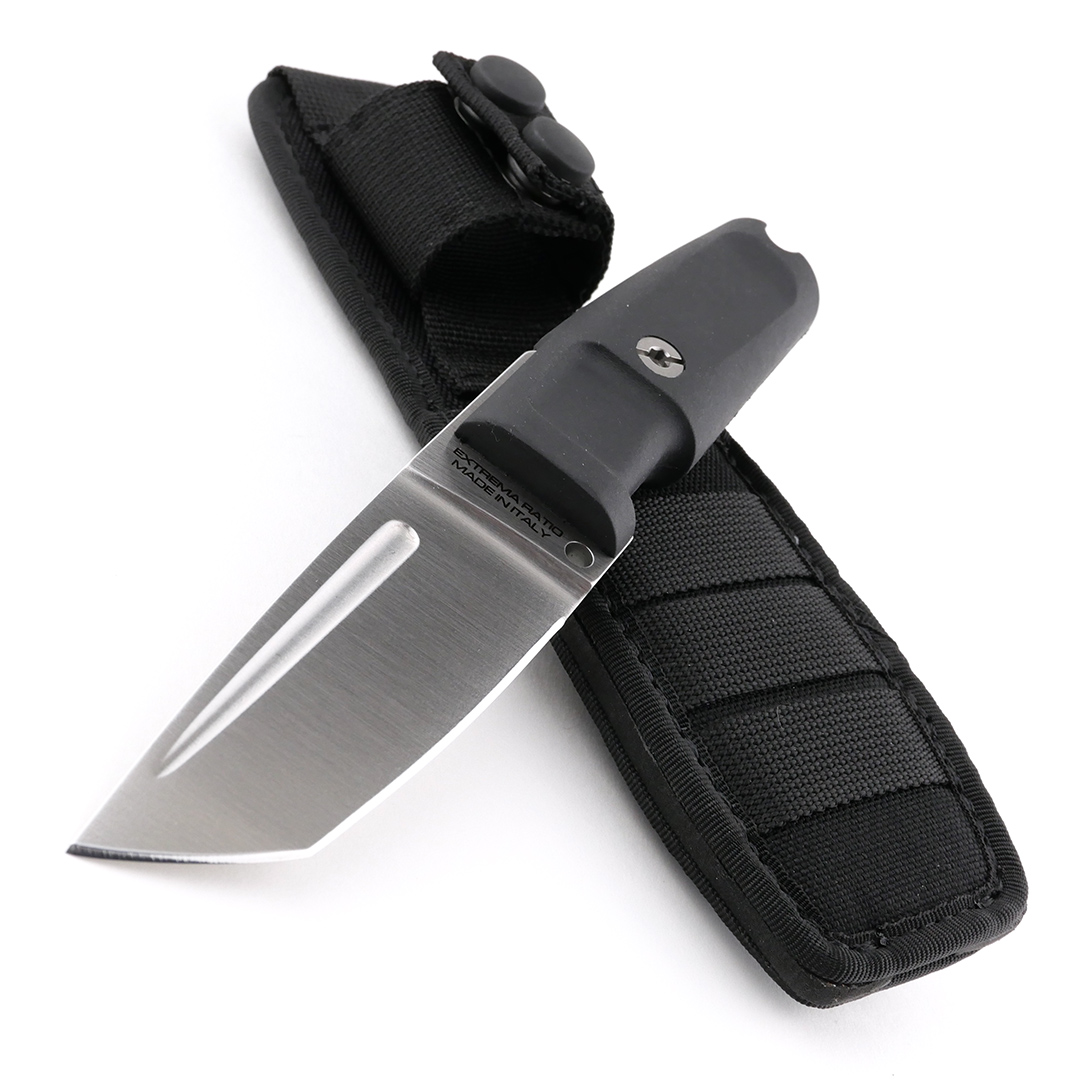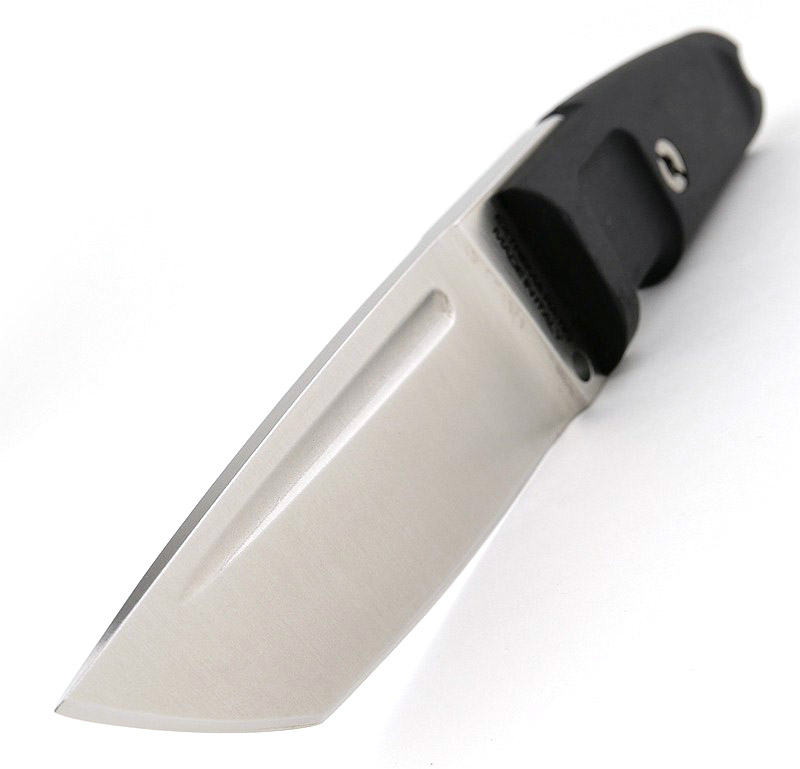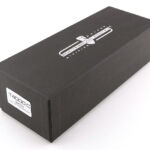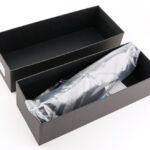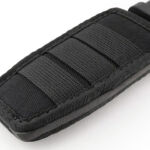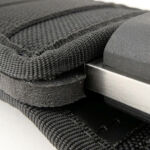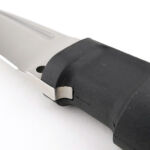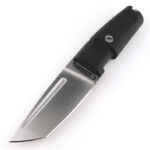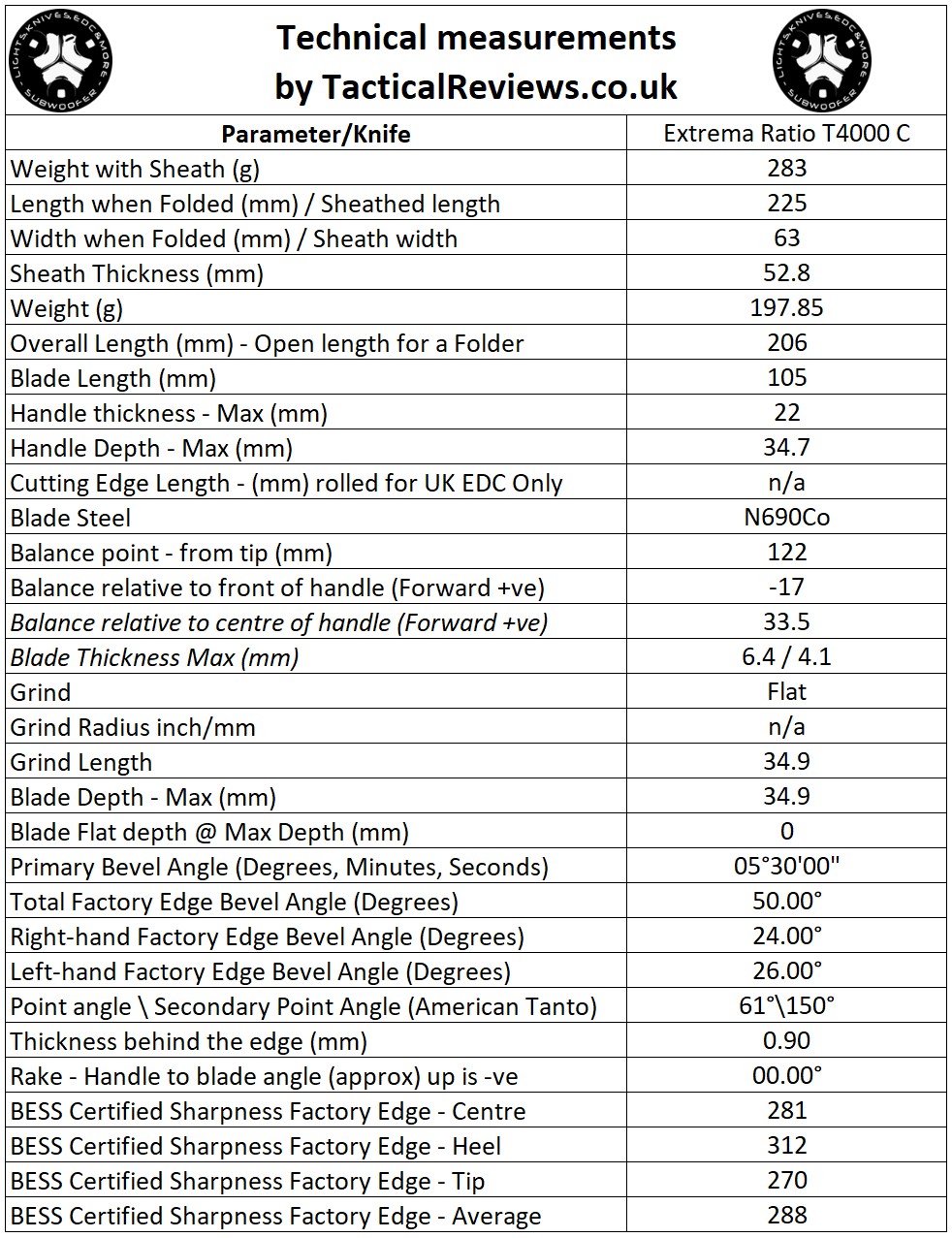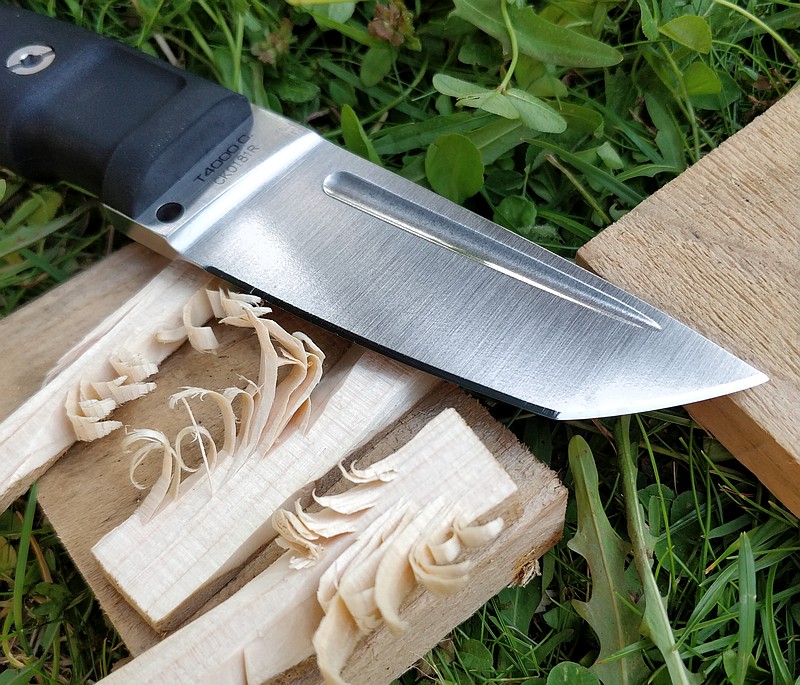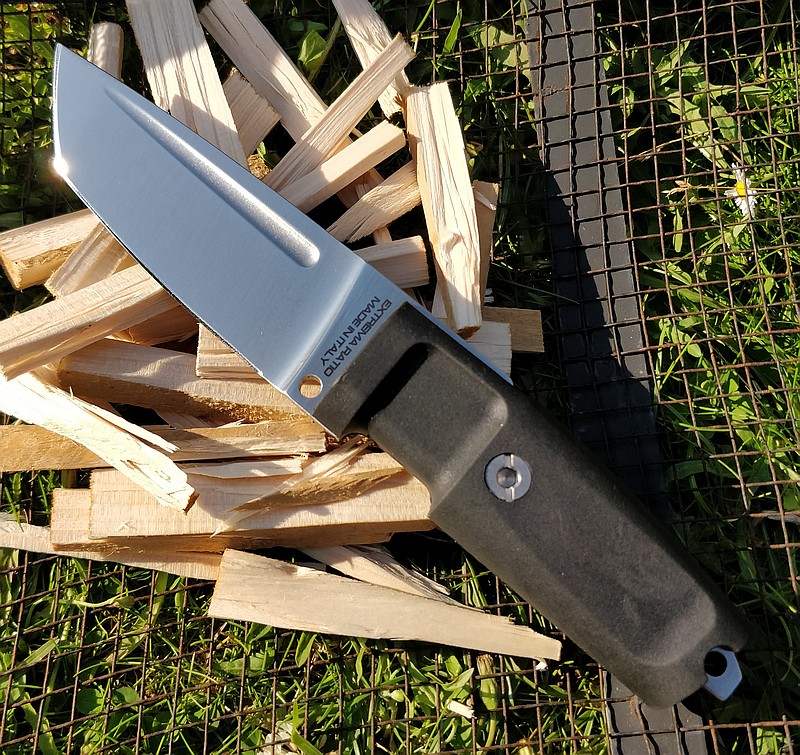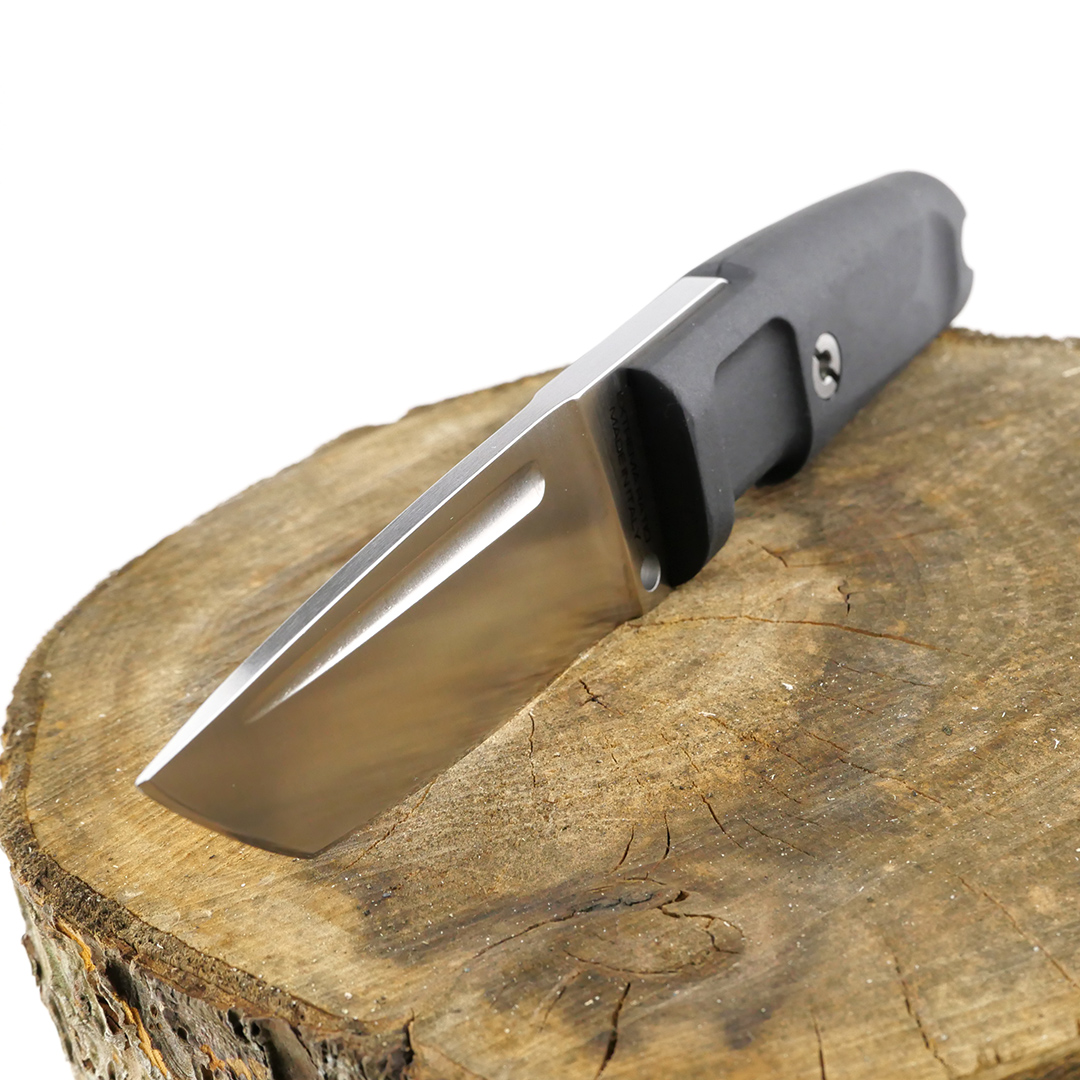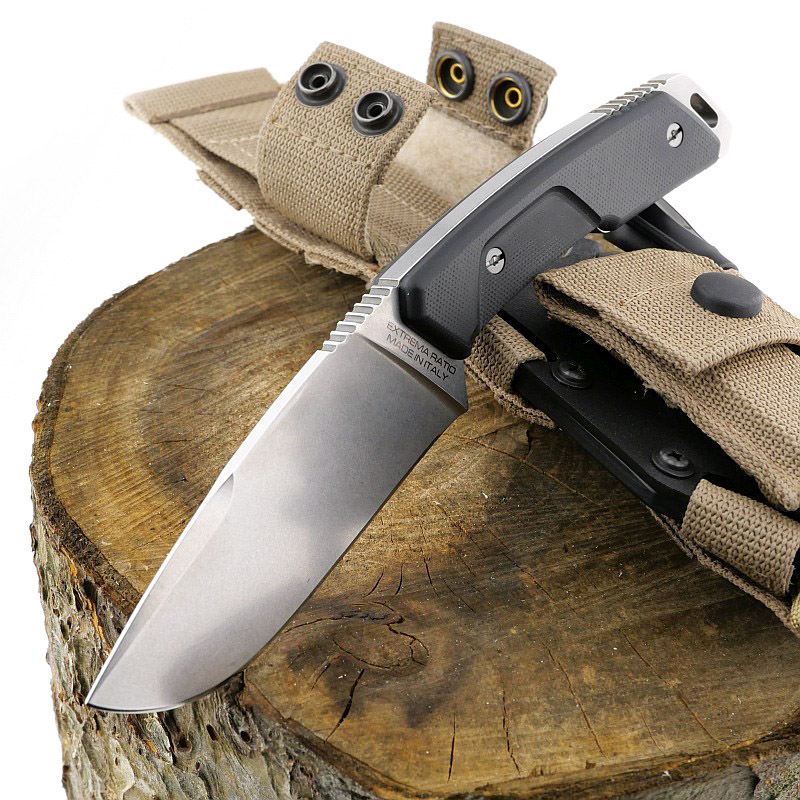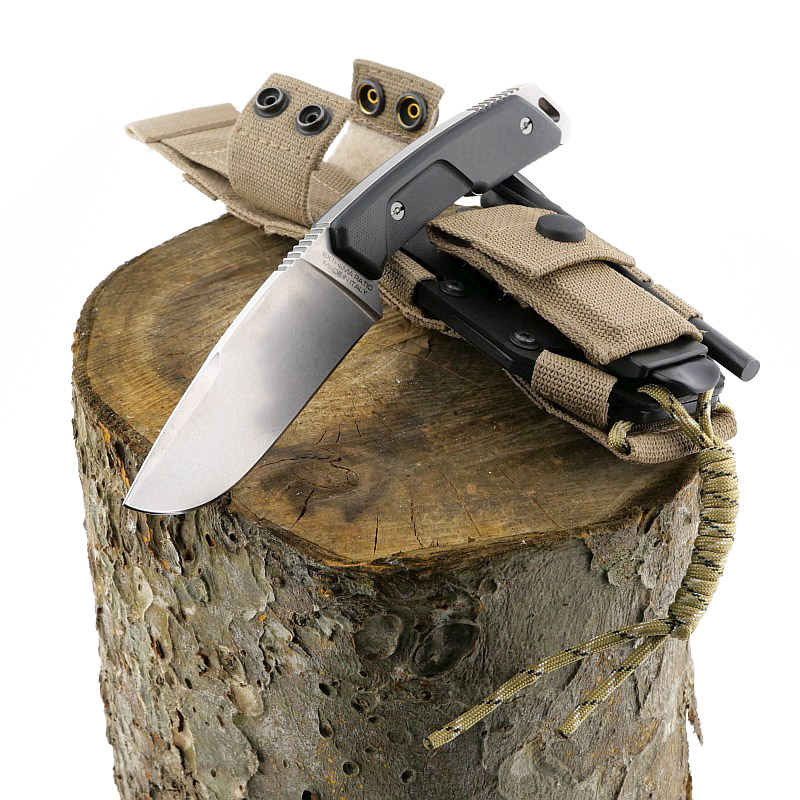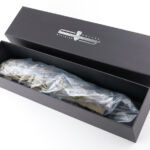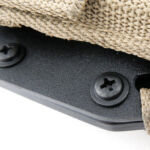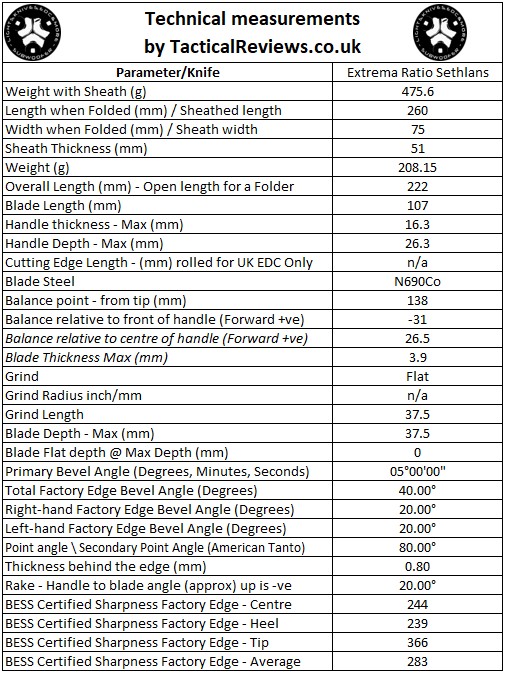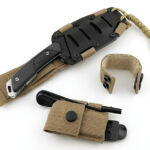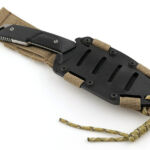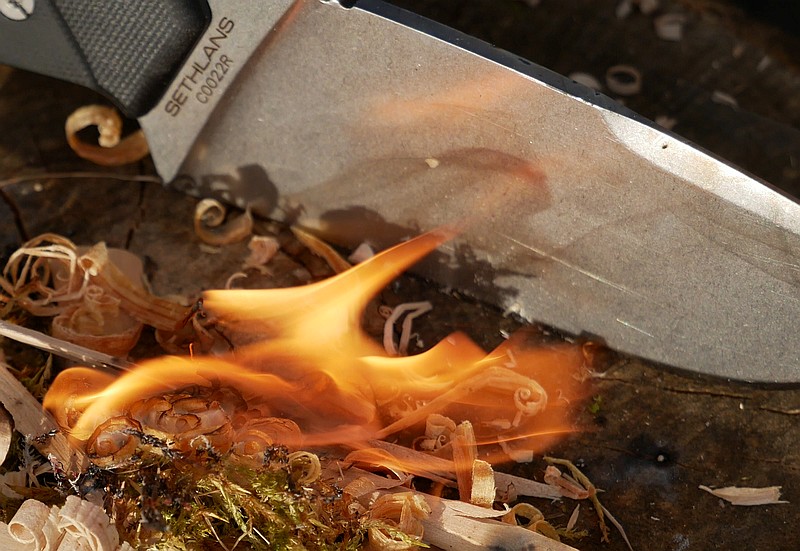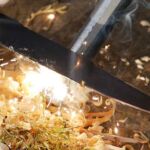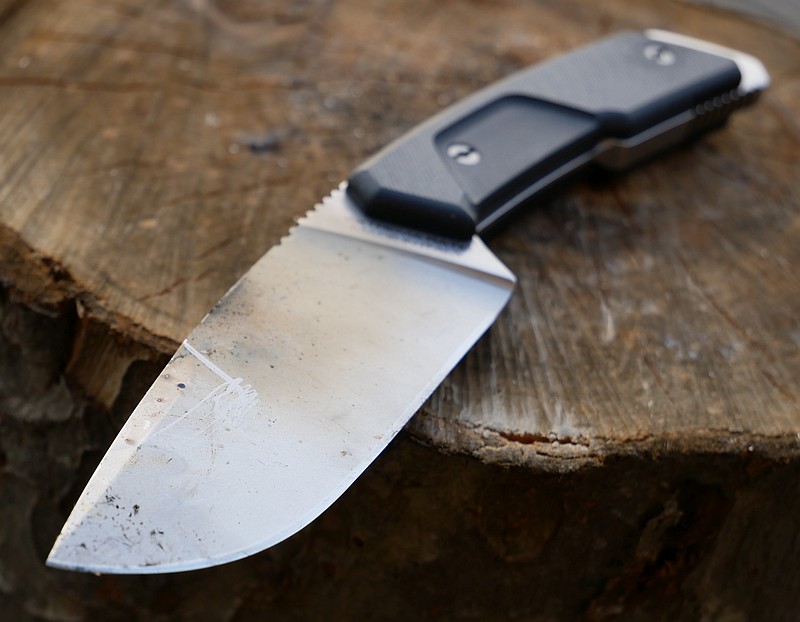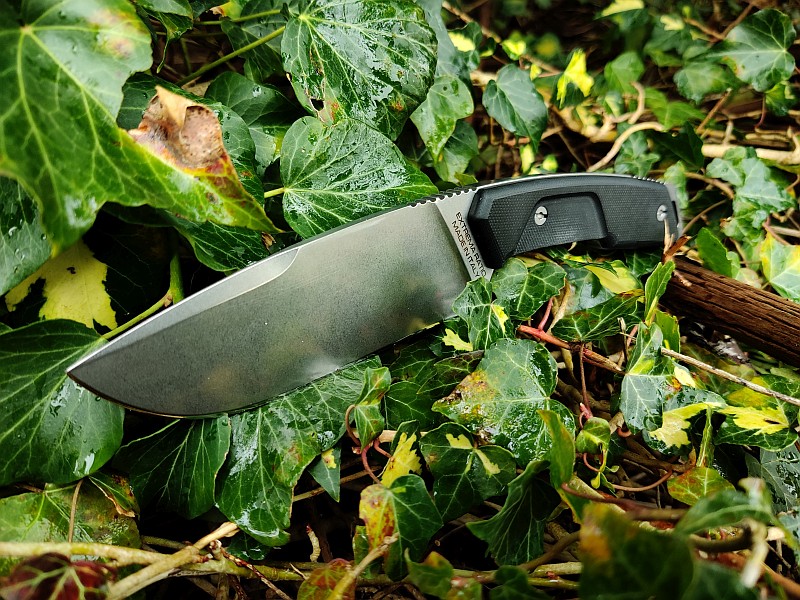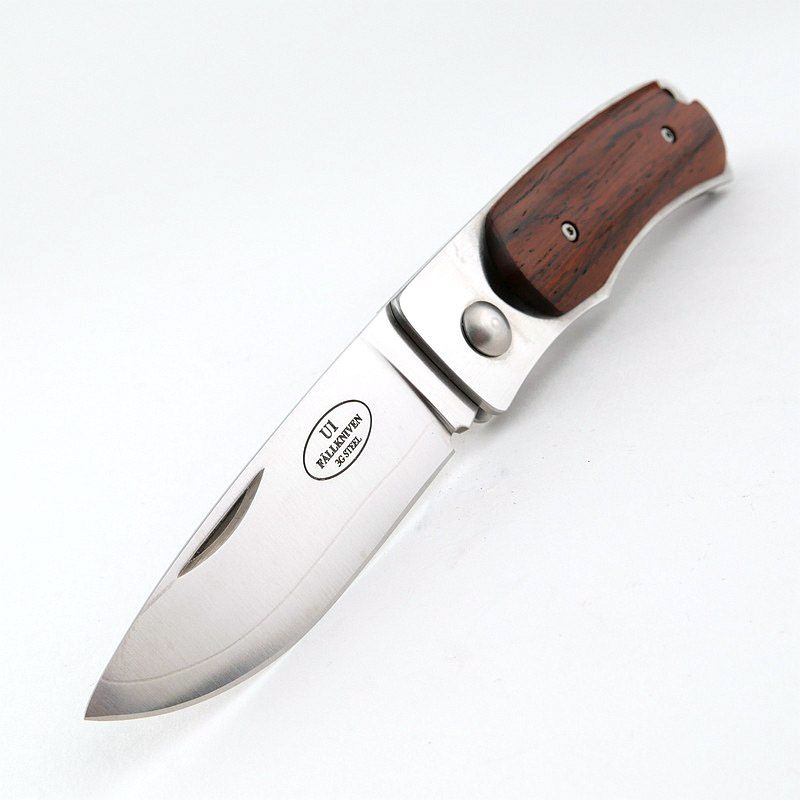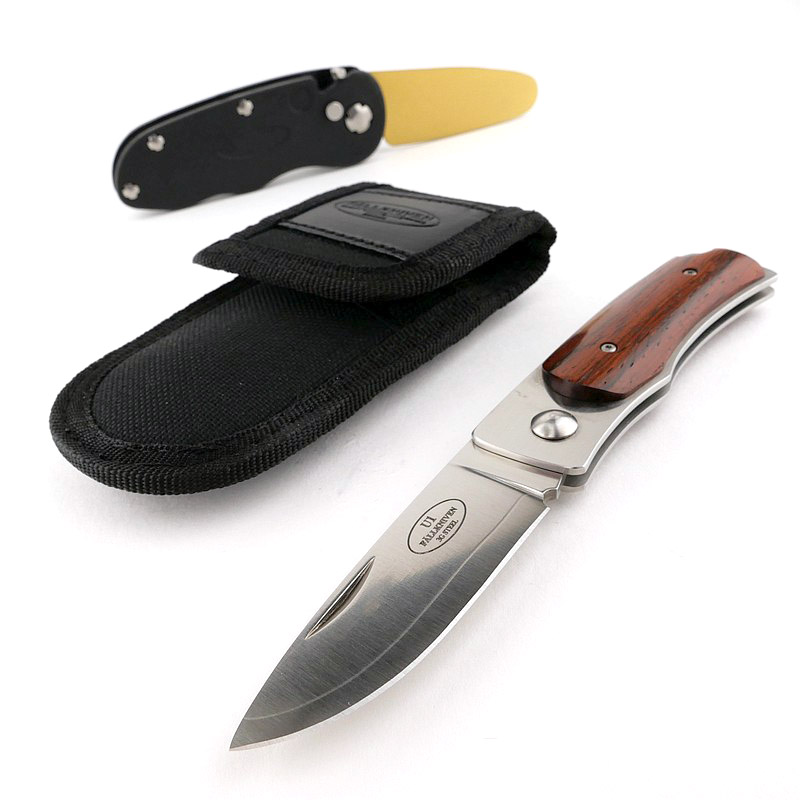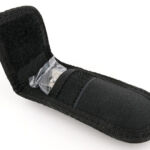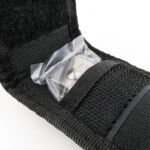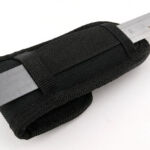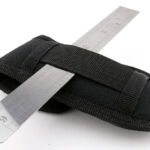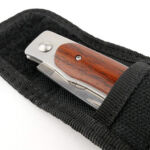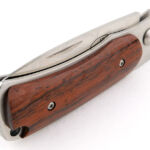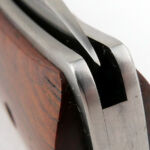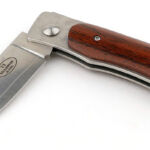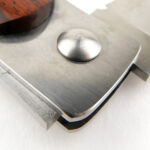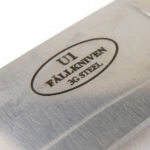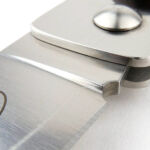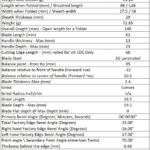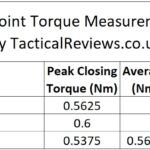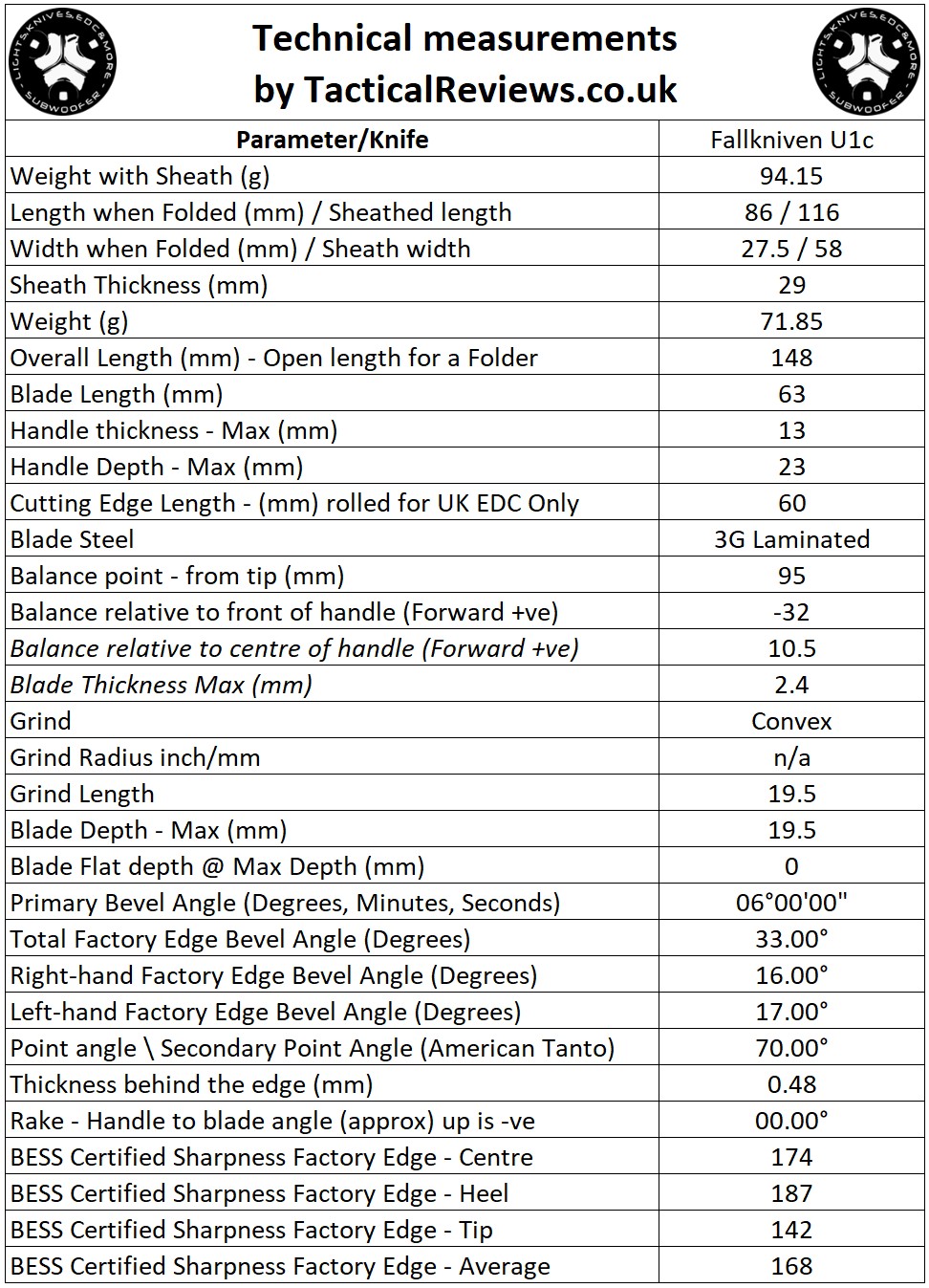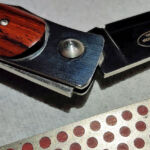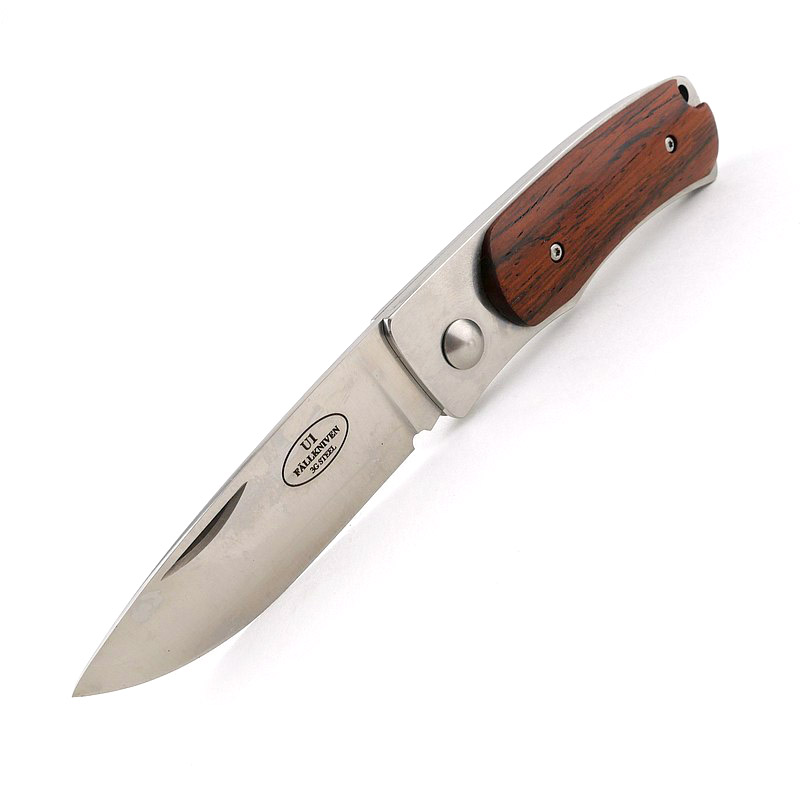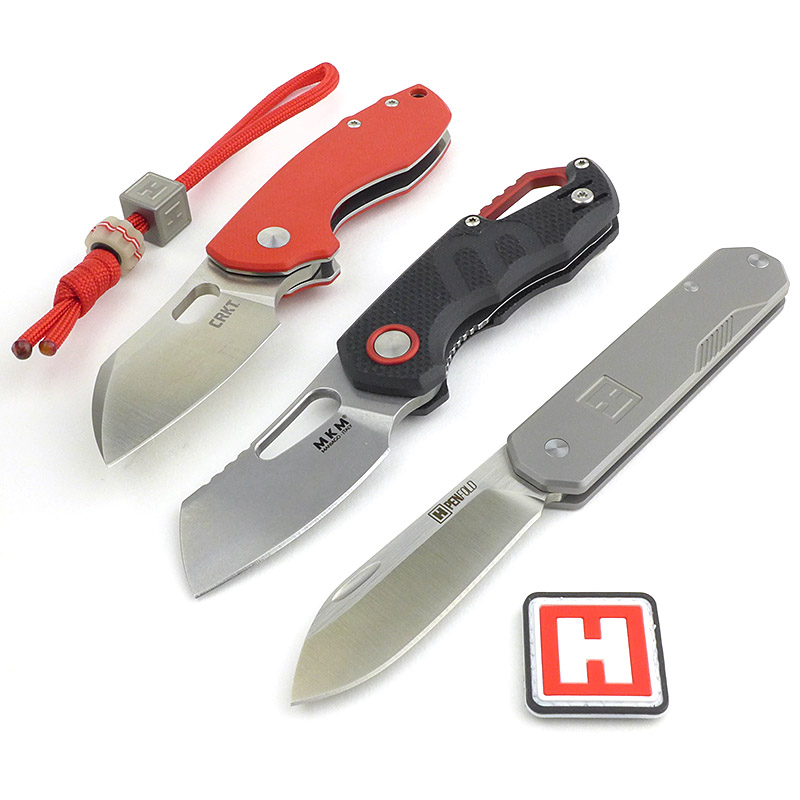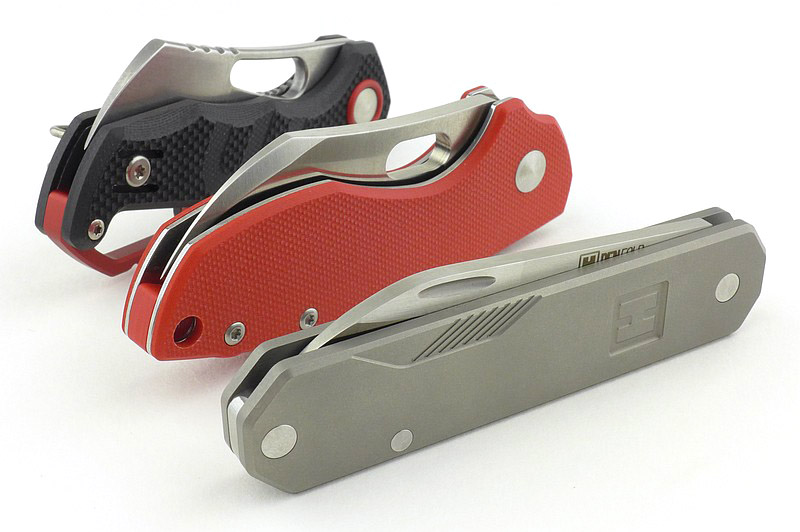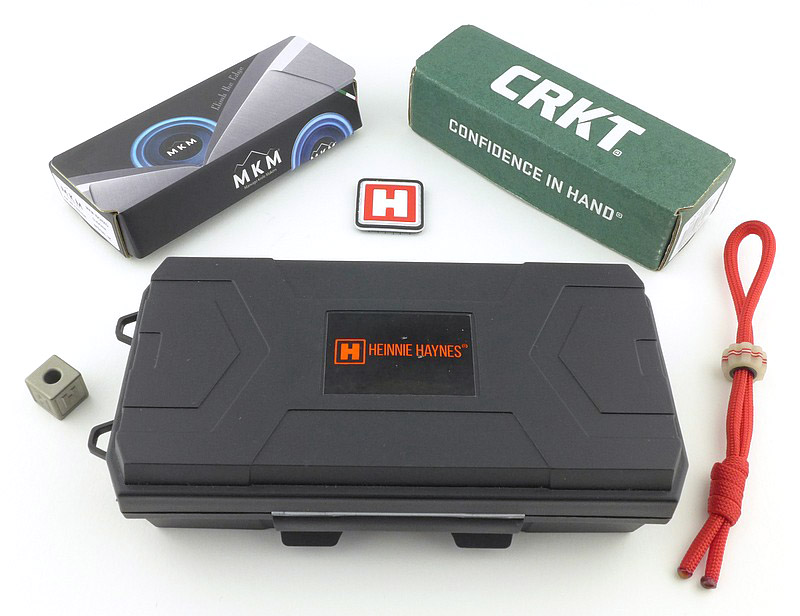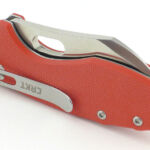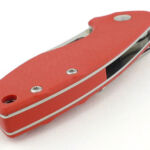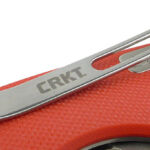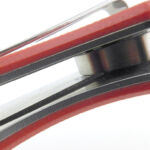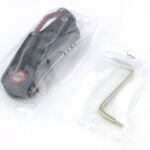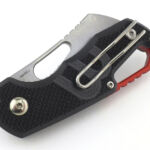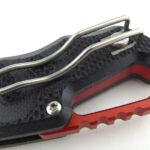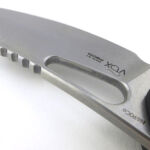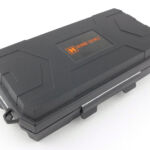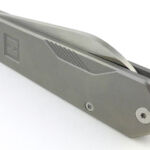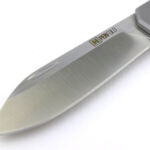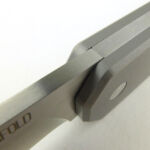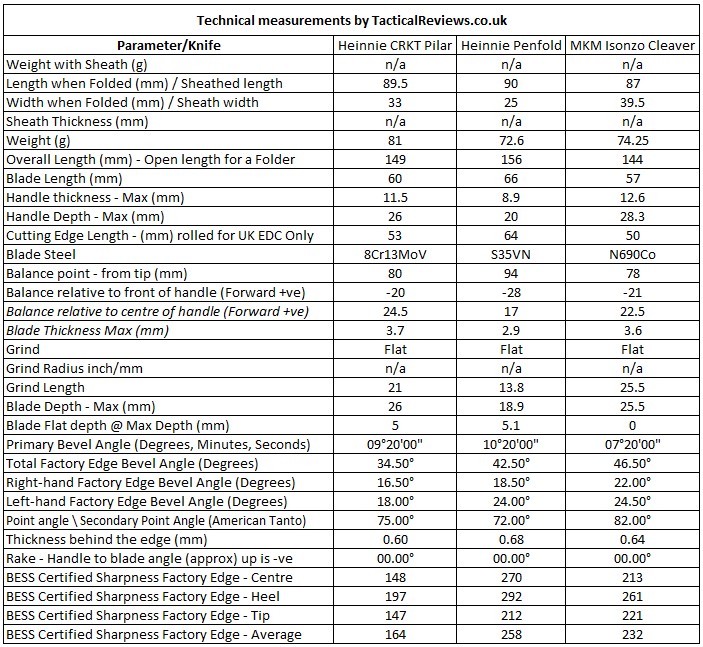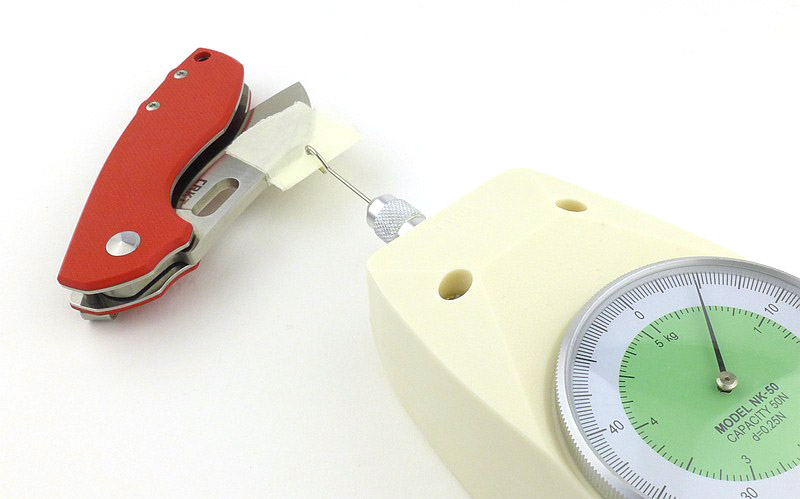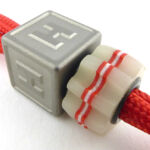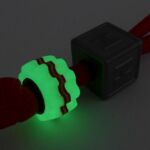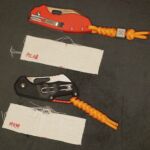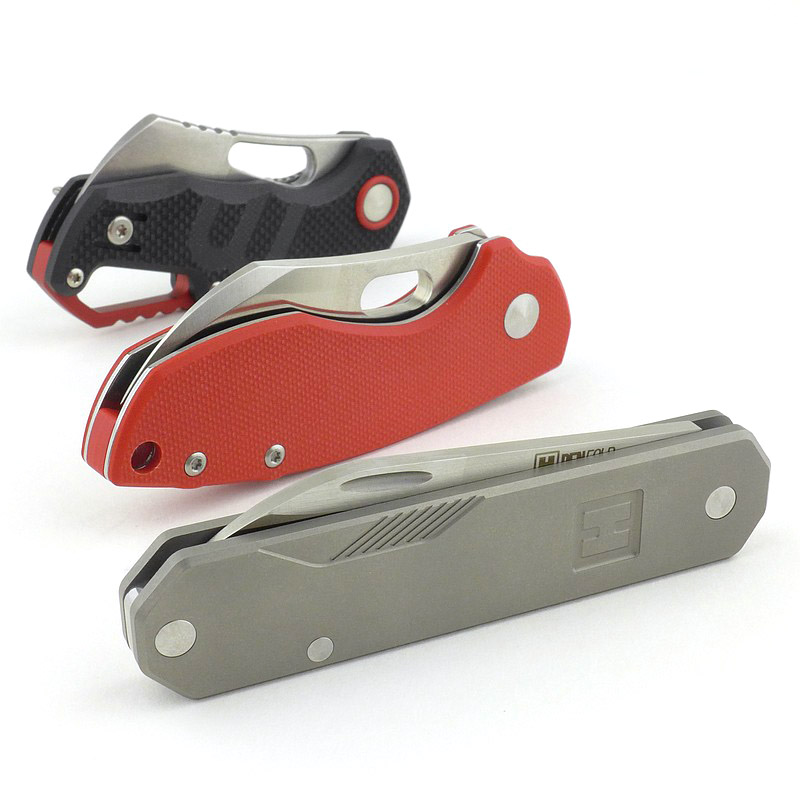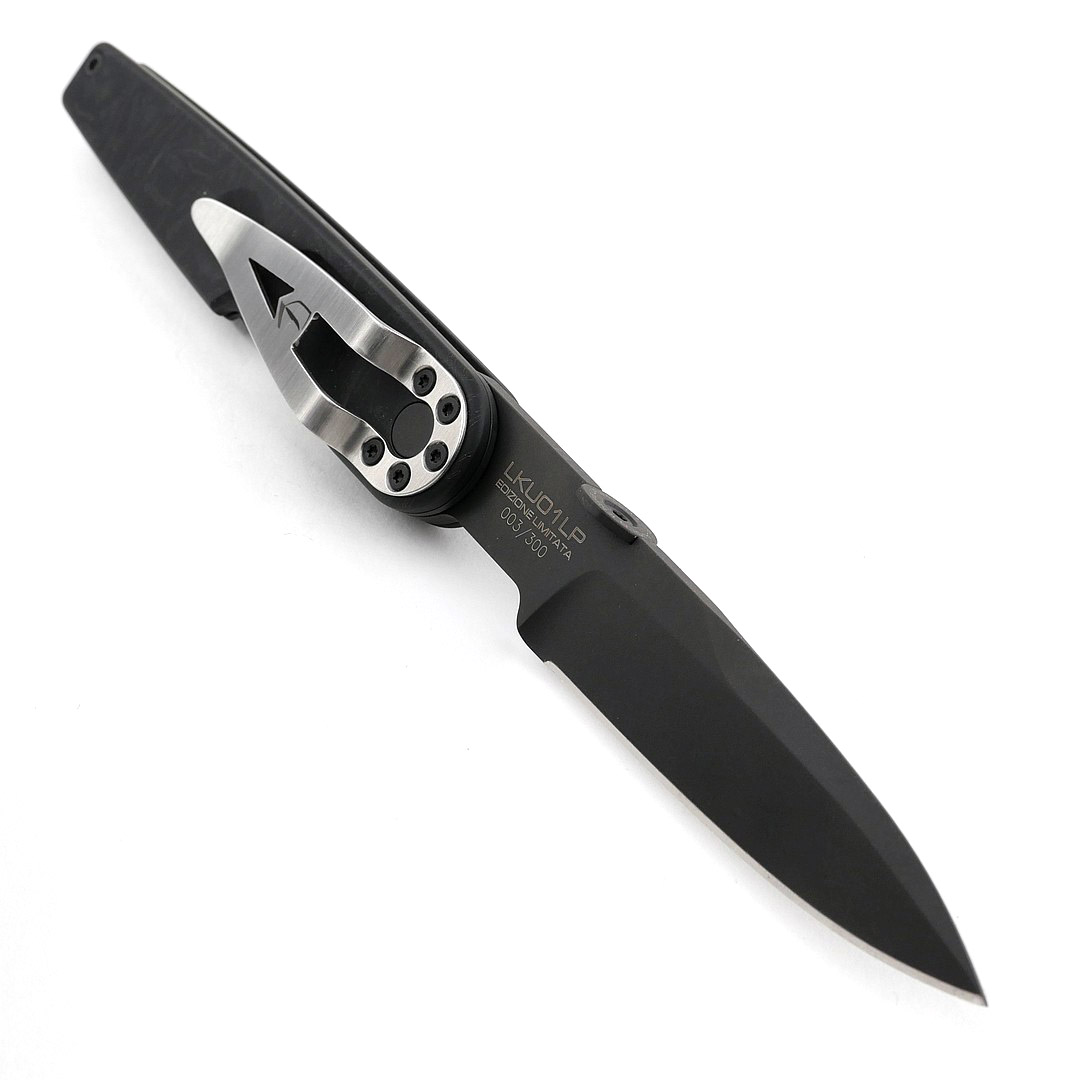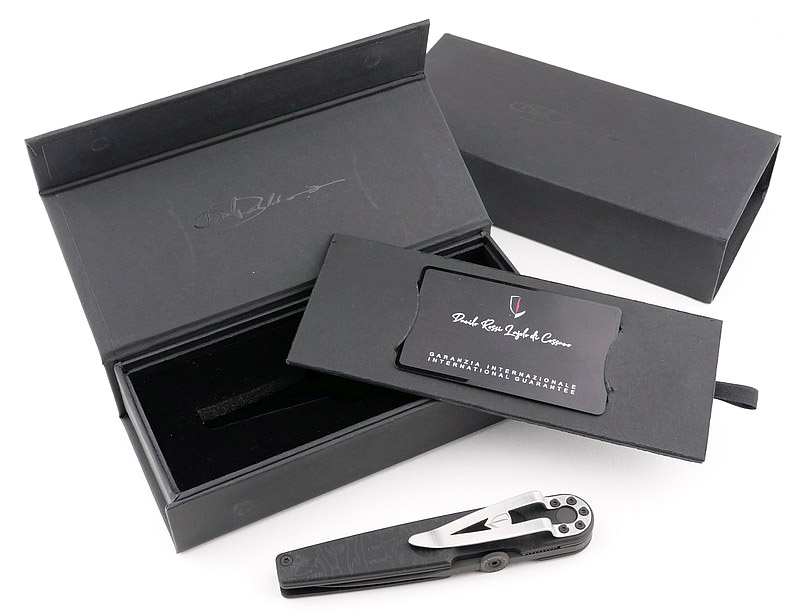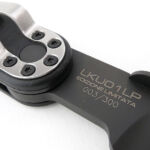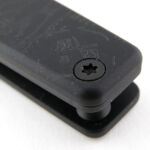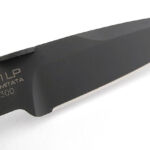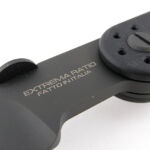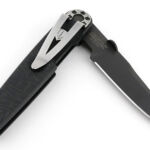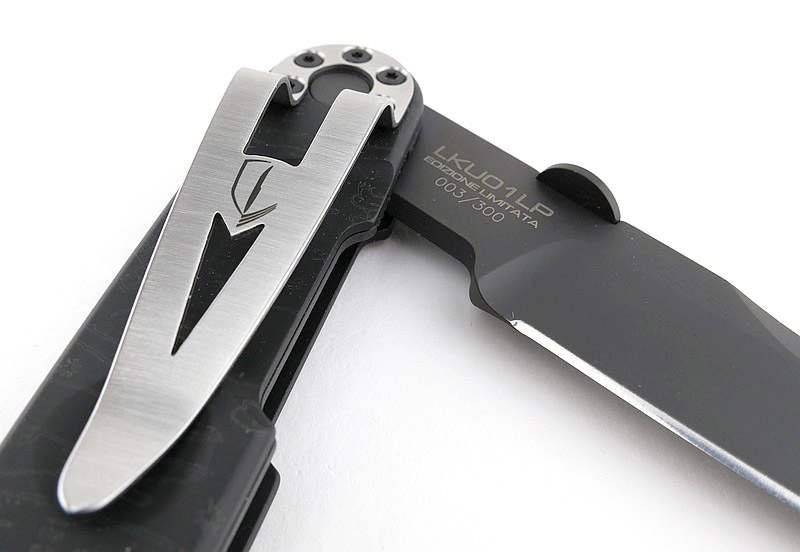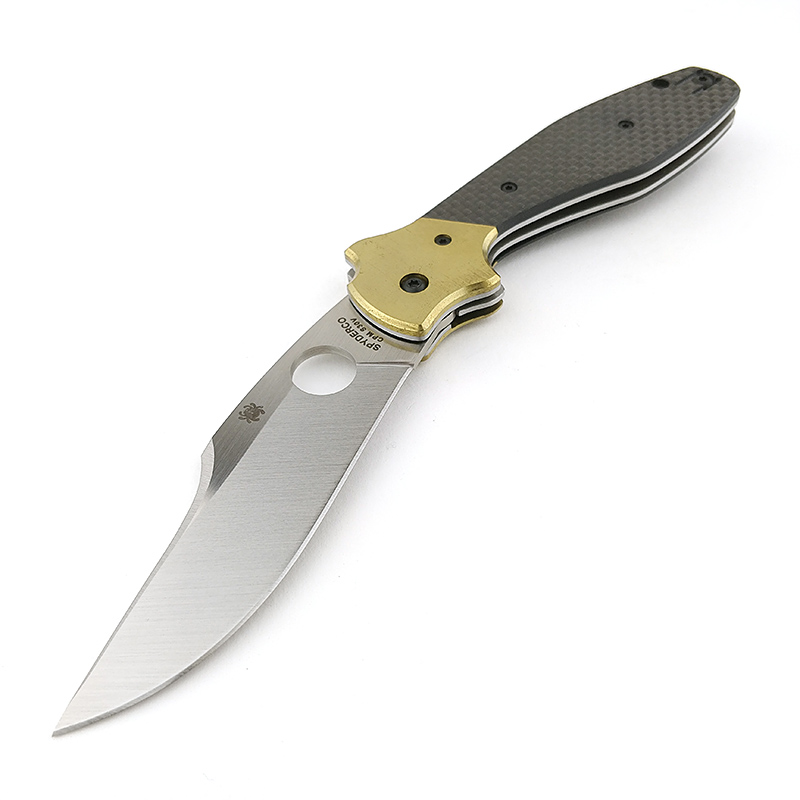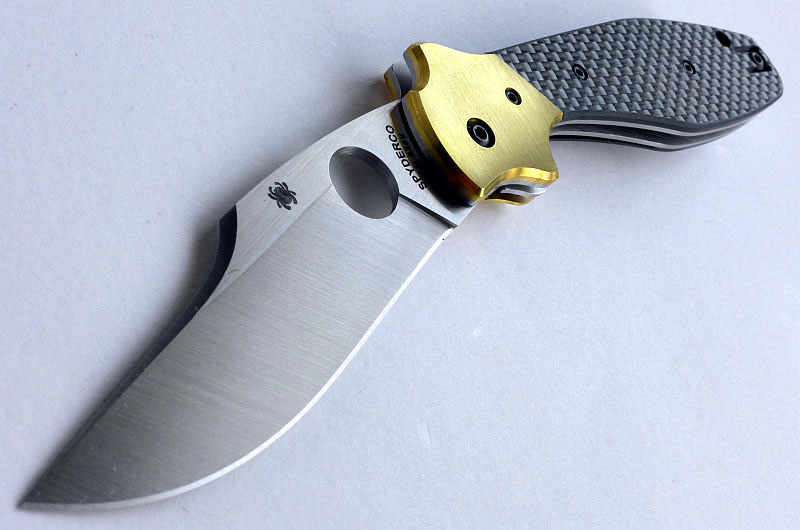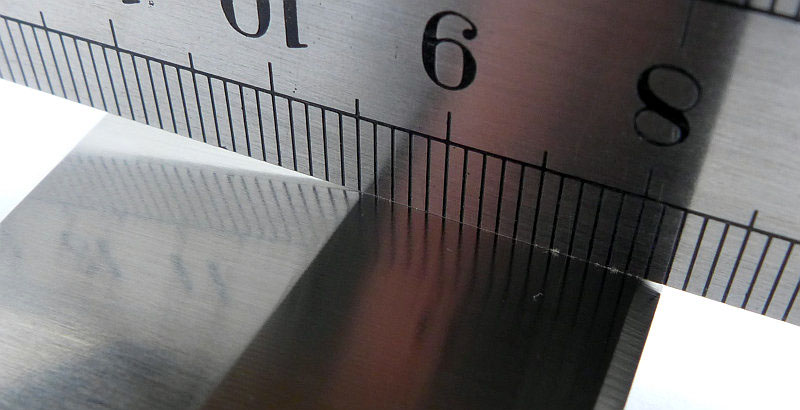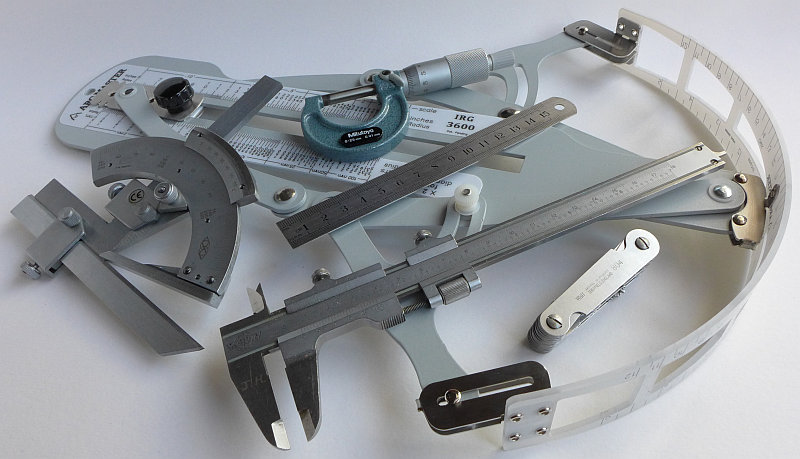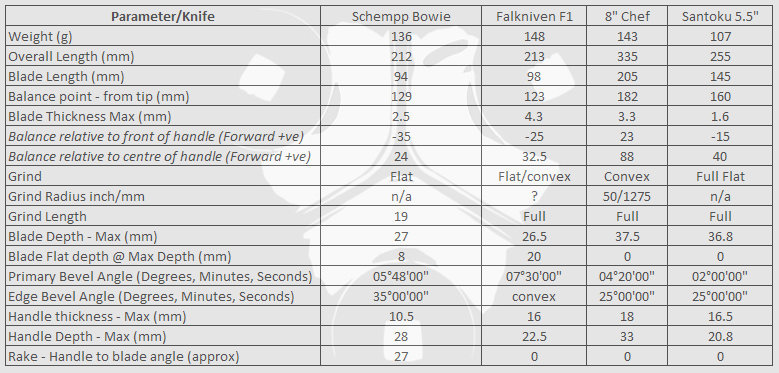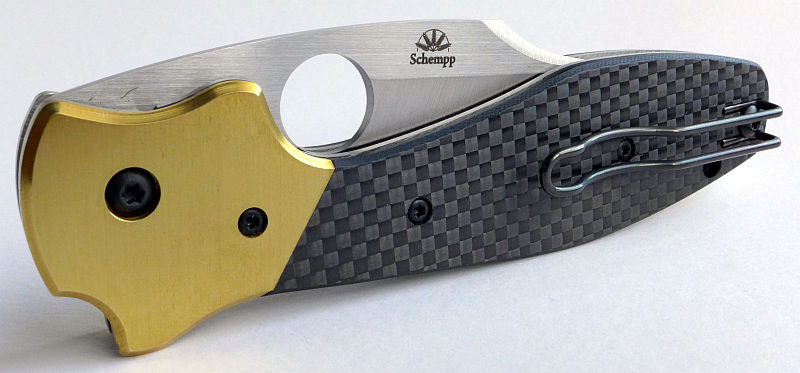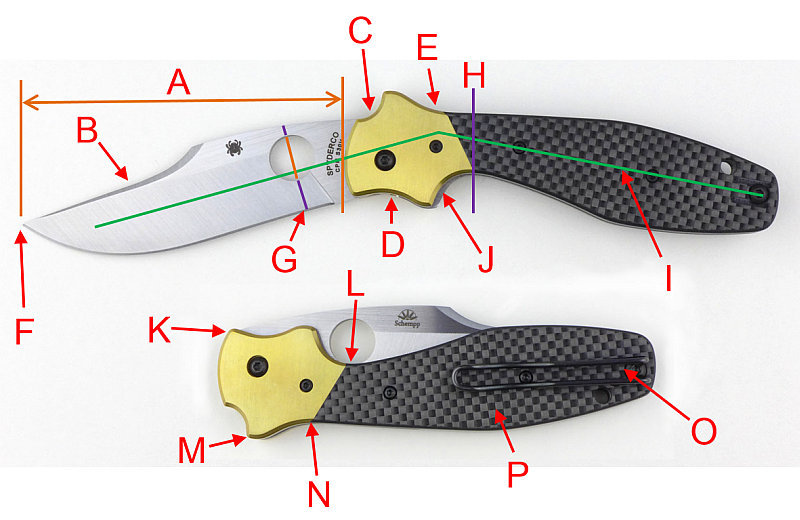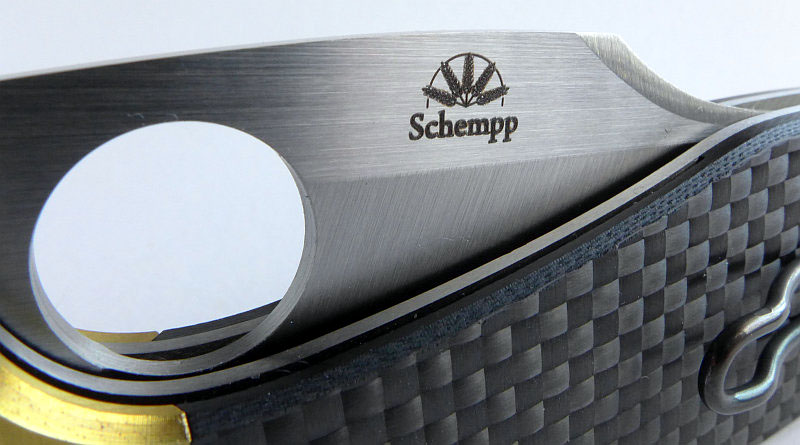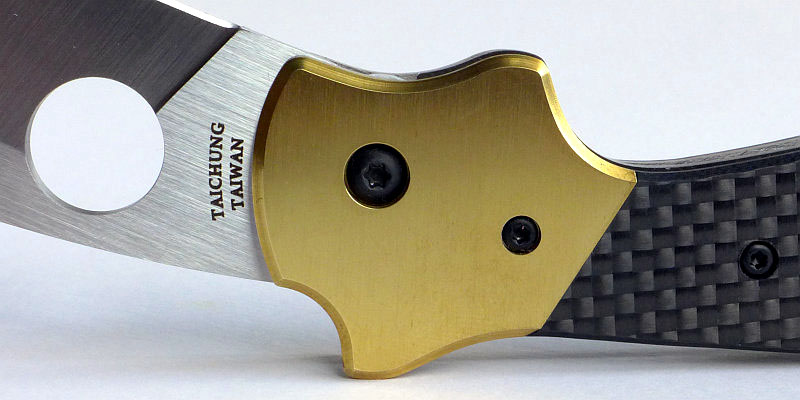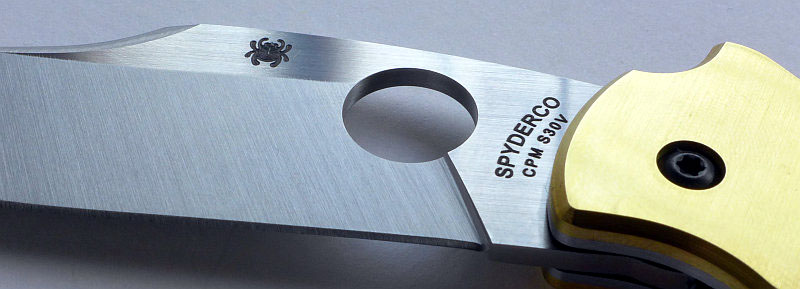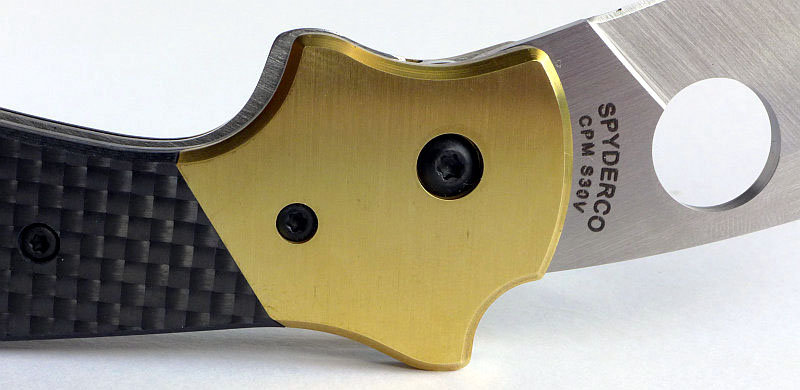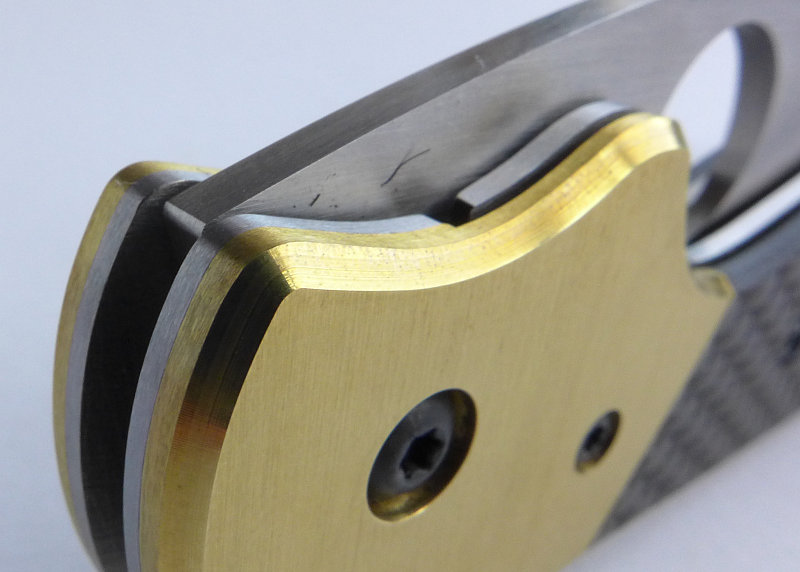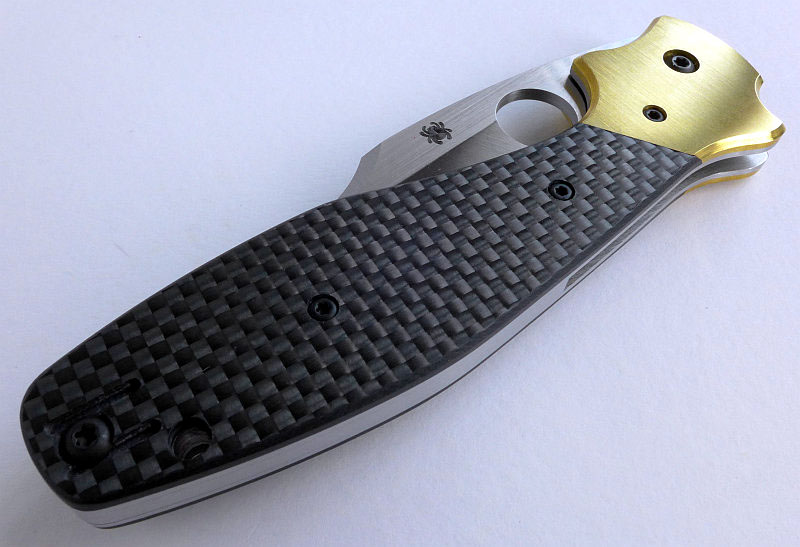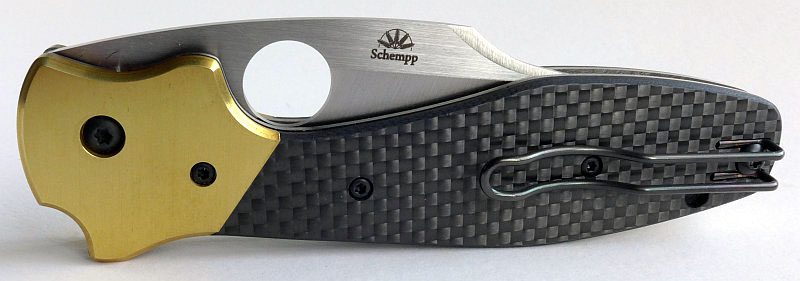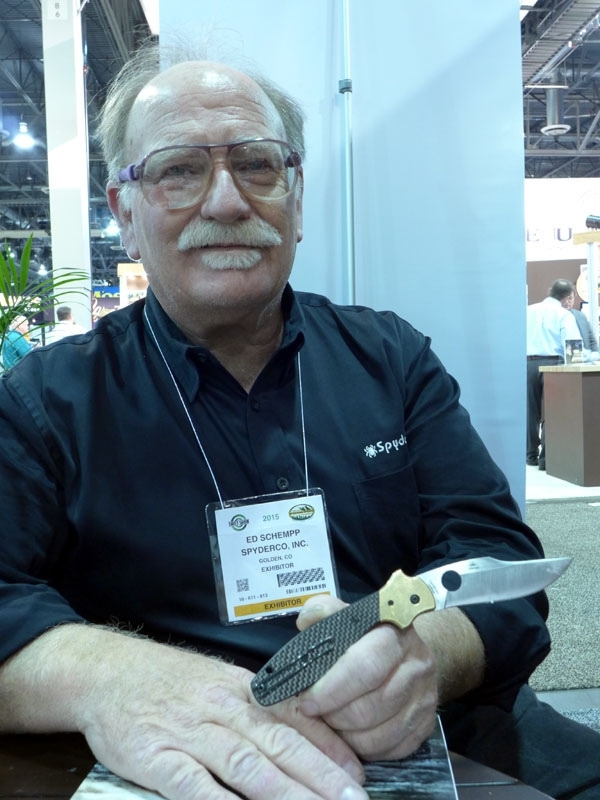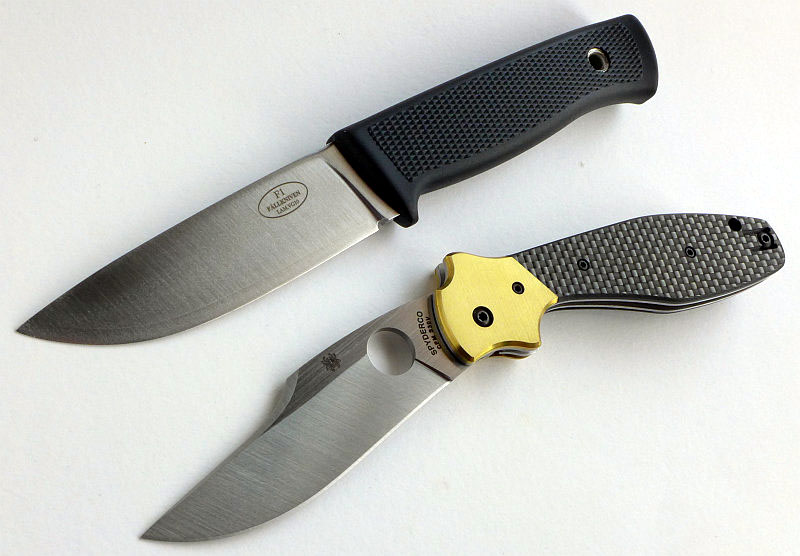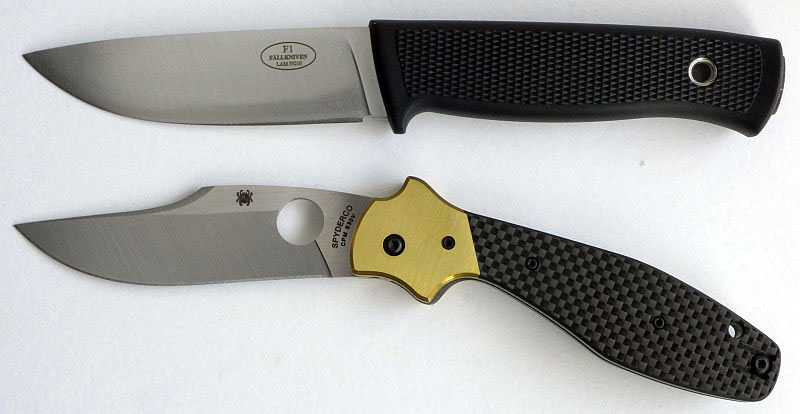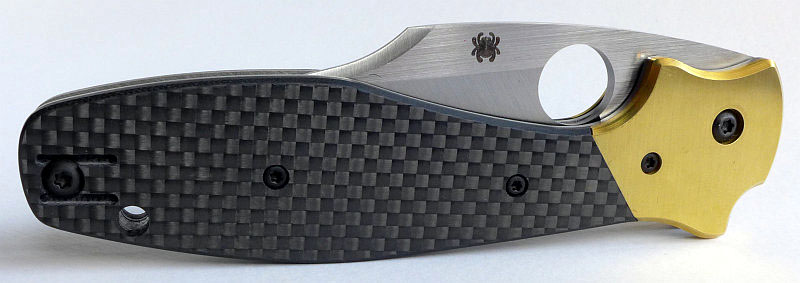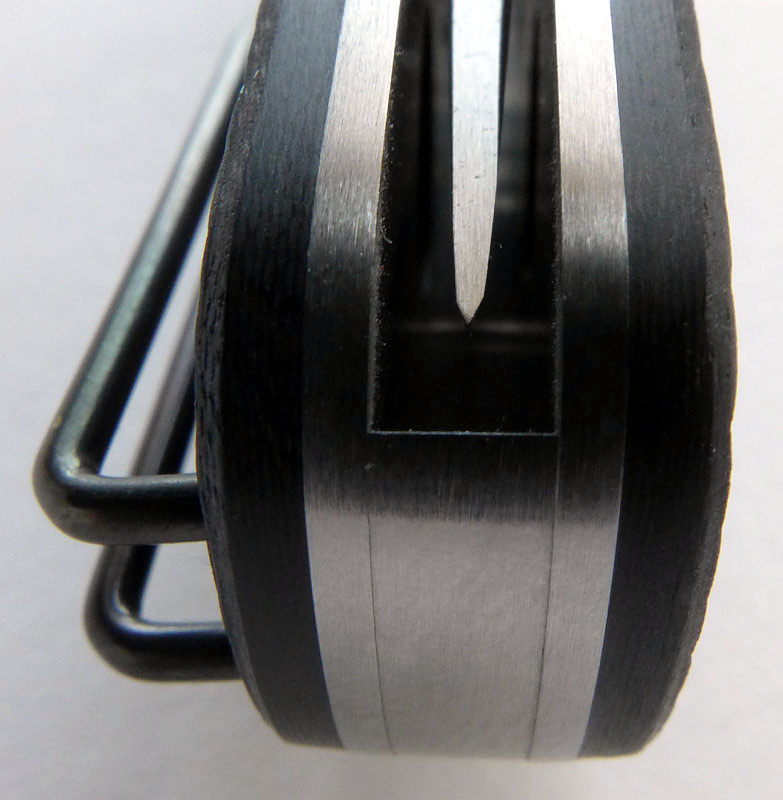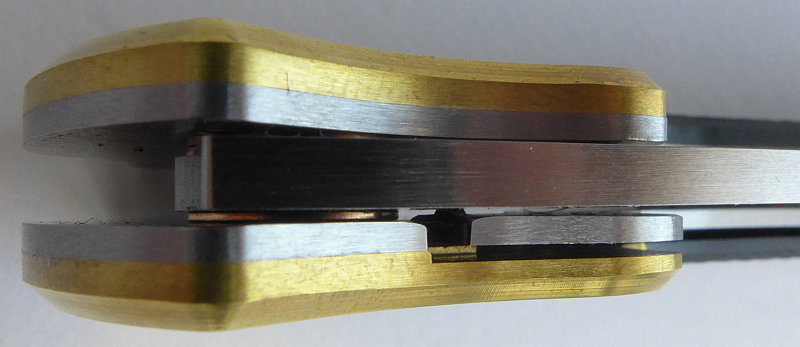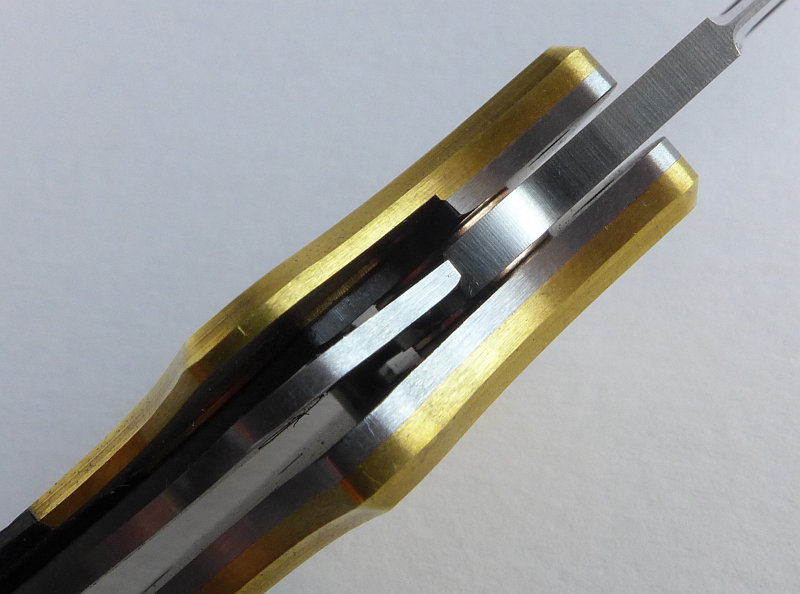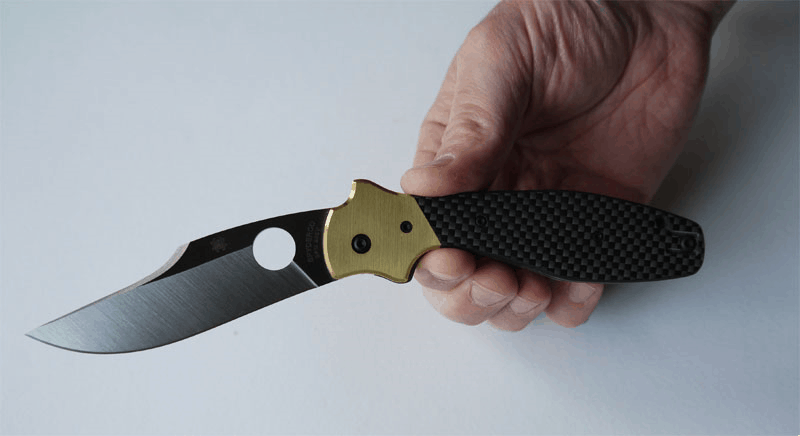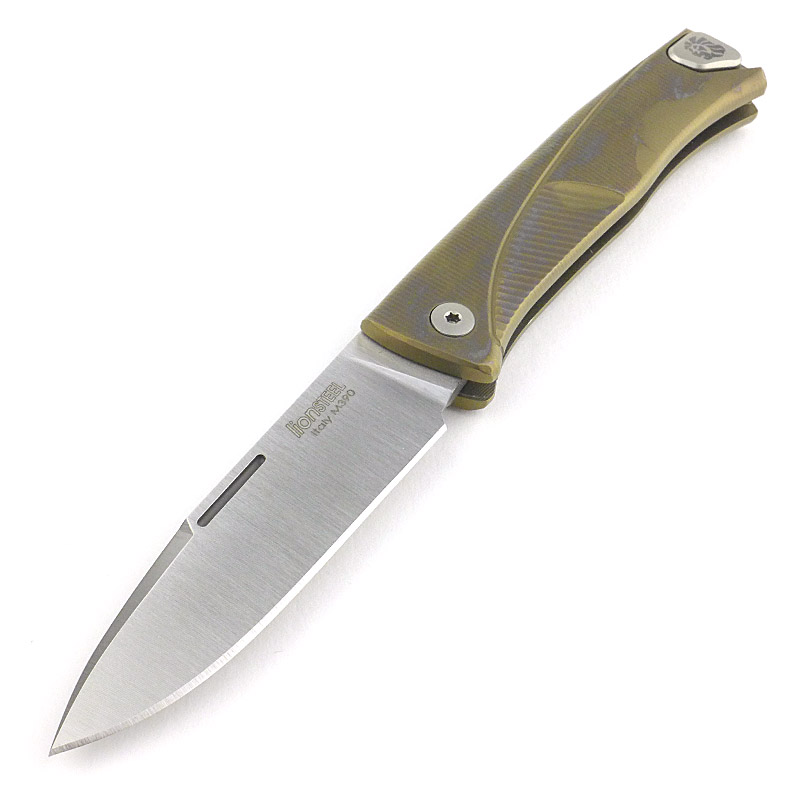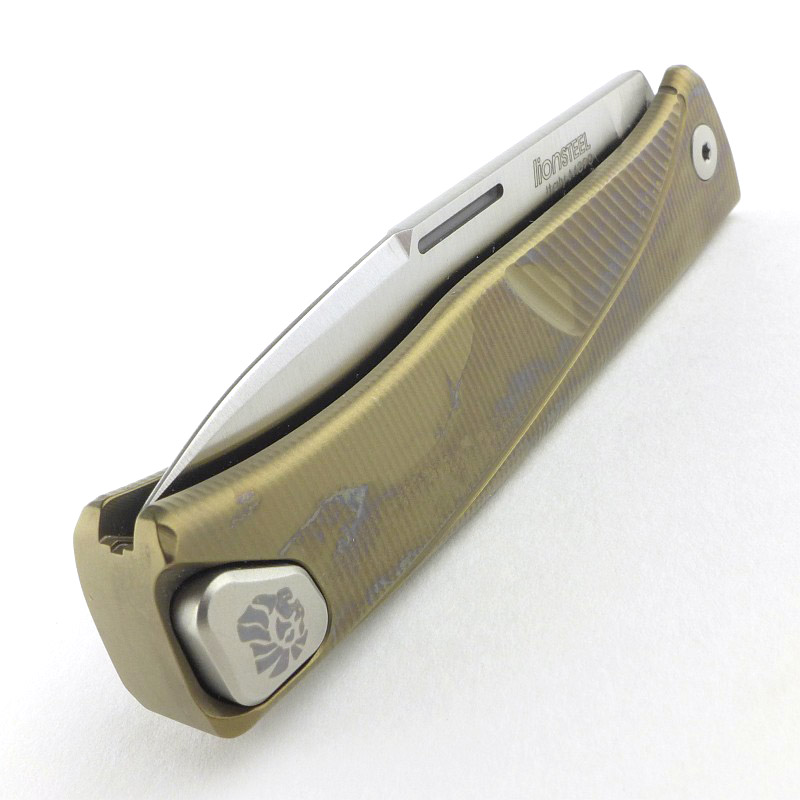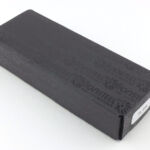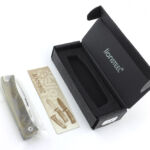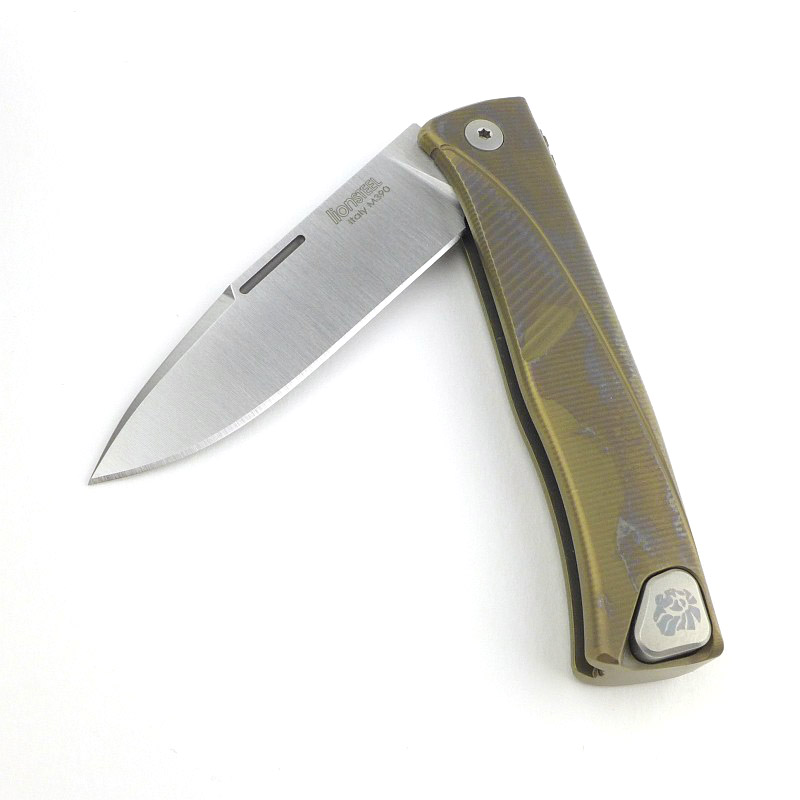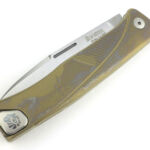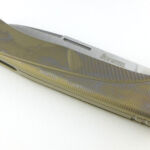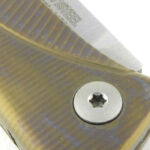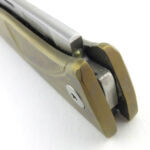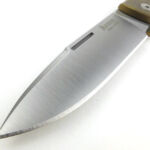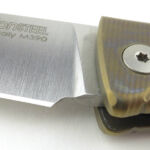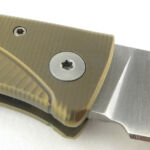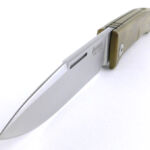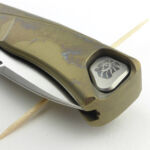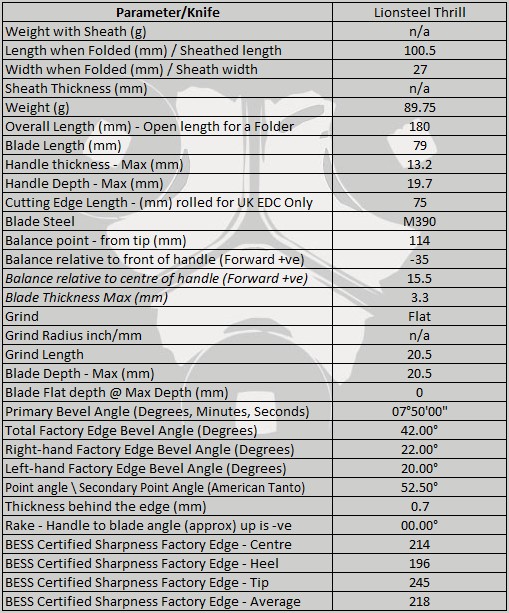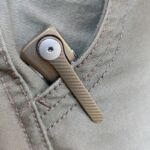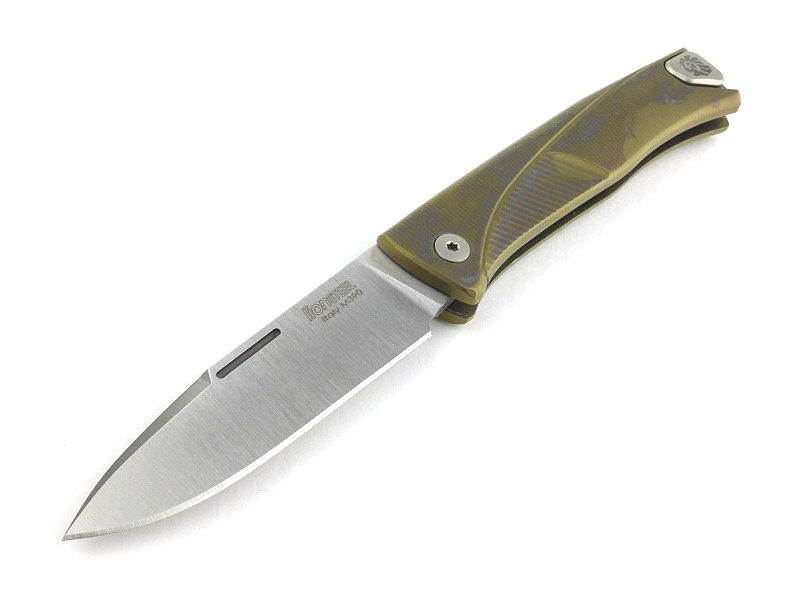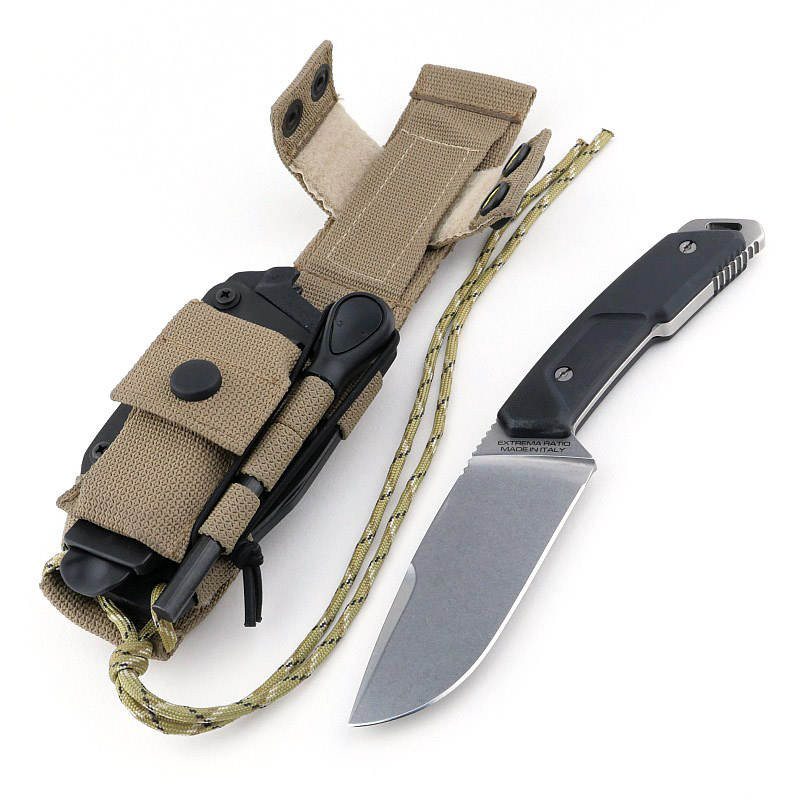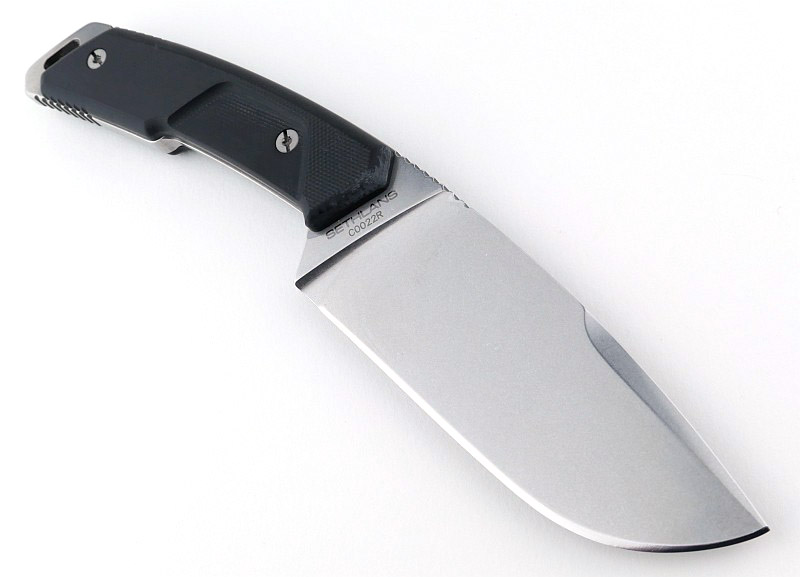With the Spyderco Respect, Sal Glesser is paying tribute to the traditional American Bowie knife. The design of the Respect dates back decades, but Sal didn’t have the opportunity to make it a reality until a couple of years ago. In this review I’m very excited to have the opportunity to take a very detailed look over this mighty bowie, and see how it really is to use.
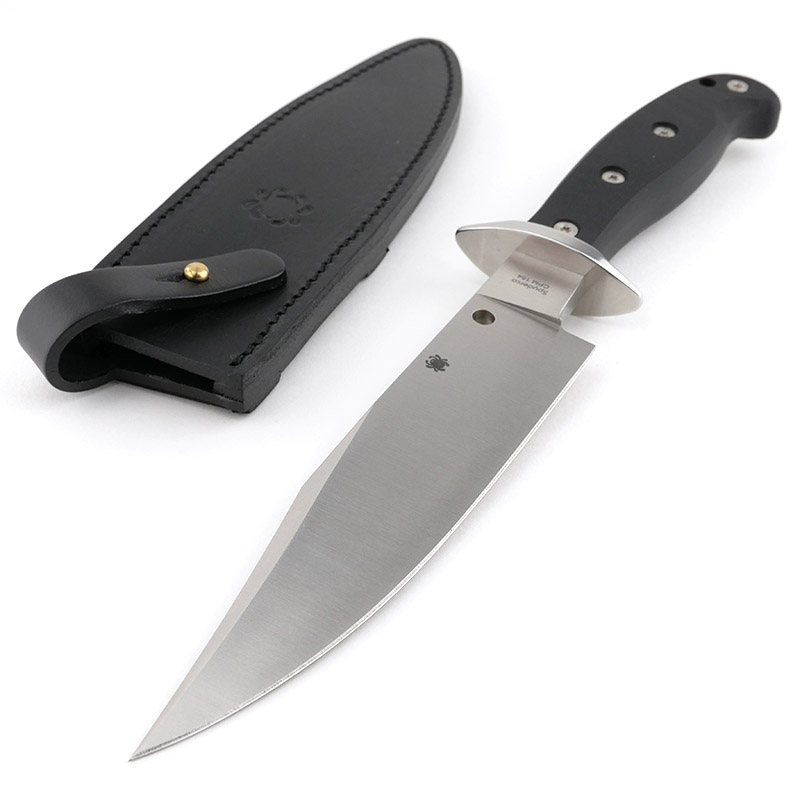
Video Overview
In this video of the Respect, I’ll show you how it arrives, how it compares to some other well known bowie knives, and run through the Tactical Reviews technical specification measurements.
This is some of the pre-use processes I go through for a new test sample before I can put a knife through its paces, so doesn’t include the in-use aspects beyond first impressions.
A few more details:
What’s in the box?:
Or should I say bag? – This is the unpacking of the Respect, and differs from the typical Spyderco as it does not come in a box.
A good look round the Respect’s sheath – Things to look out for here are:
Starting with the leather sheath that comes with the Respect. Simple and functional with a classic strap and stud fastening.
A good look round the Respect – Things to look out for here are:
A mighty blade, and a superb level of fit and finish. Take in the detailed close-ups and enjoy.
A good look round the Respect’s handle – Things to look out for here are:
A fully concealed, full tang, with the two G10 slabs secured with four bolts.
The Blade and Handle – Detailed Measurements:
For full details of the tests and measurements carried out and an explanation of the results, see the page – Knife Technical Testing – How It’s Done.
The blade is made from CPM 154 steel.
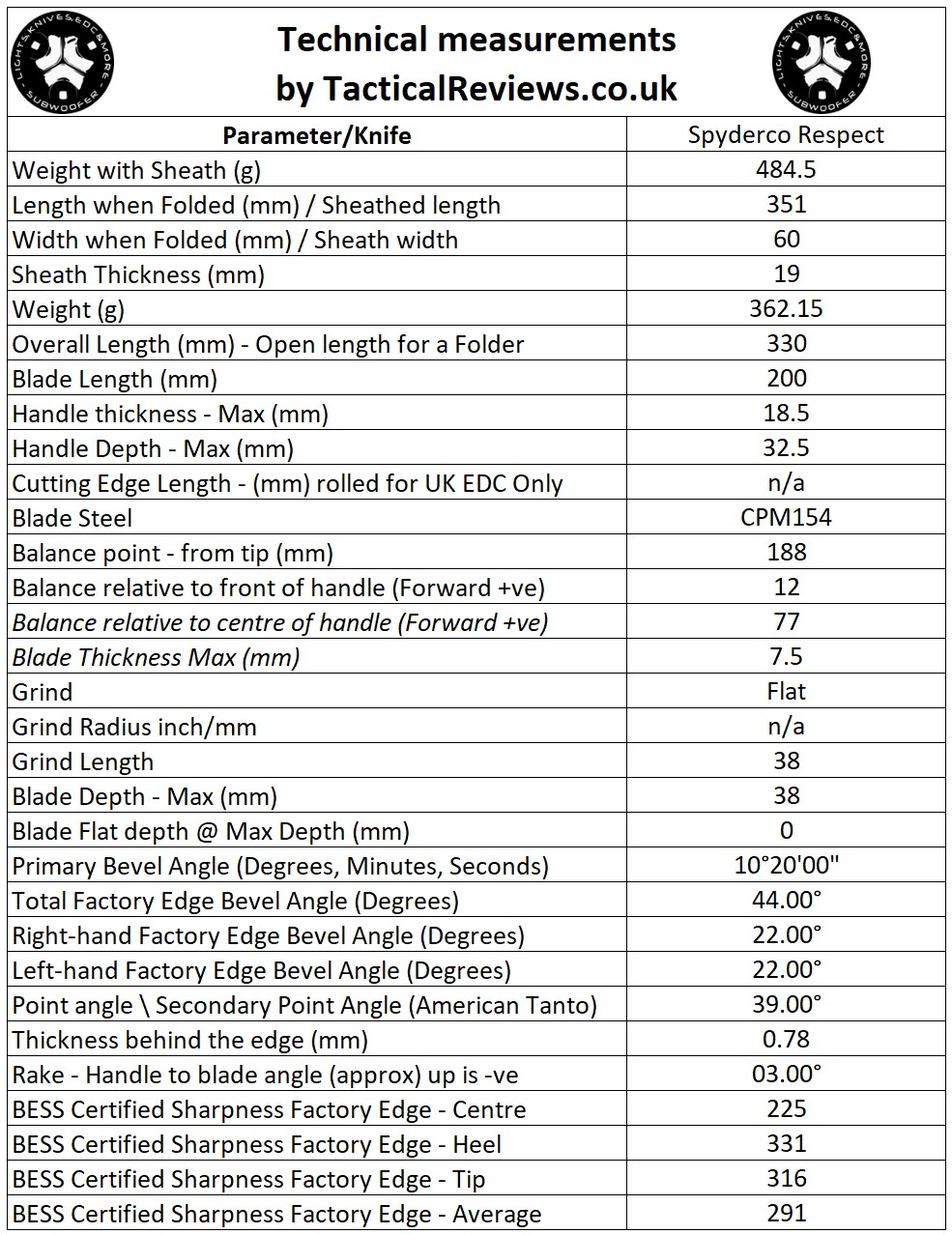
The Factory edge up close – NEW FOR 2022!:
Followers of Tactical Reviews will know my views on factory edges, but to recap:
Anyone using a knife will need to sharpen it. That first factory edge is just like the first tank of fuel that a new car comes with (or first charge of the battery).
A good factory edge is a ‘nice to have’ but not a ‘make or break’ for a good knife, as you will be putting your own edge onto it soon enough.
The factory edge does however indicate the care a knife maker has put into the final finish.
It is for this reason Tactical Reviews measures factory edge sharpness and specifications, and includes this information in the detailed technical testing.
As a further look at the factory edge, this section has been added to include some high magnification photos of the factory edges.
The Respect’s factory edge shows an aggressive micro-serration, and slices well beyond the sharpness measurements might indicate in the technical testing table.
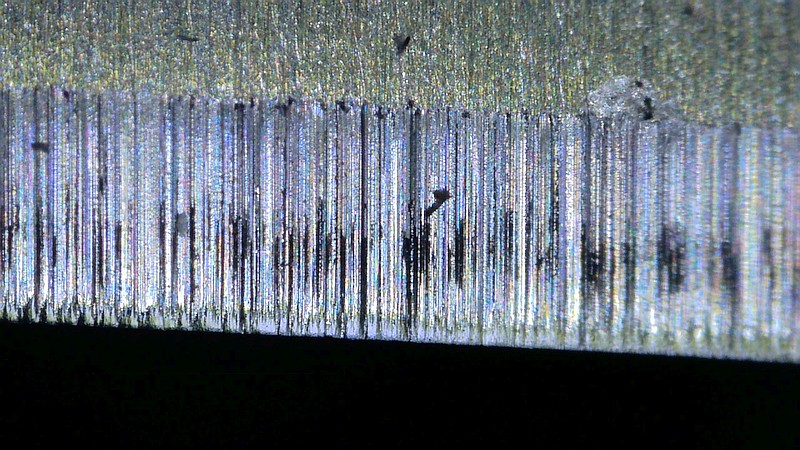

What is it like to use?
It’s a mighty blade! So the first impression is that this is a big knife, big blade and big handle. I take XL size gloves, so you can see here the handle is generously sized, perfectly big enough to use with heavy gloves on and stay comfortable.
The large choil easily allowing a finger to be placed for a choked up hold when carrying out finer cutting tasks.
A deep hook at the butt means even if you have a bit of grip slippage, the hook will stop you losing grip. That hook also allows for a low grip for greater leverage in heavy chopping.
Staying on the subject of grip, though the handle scales are relatively smooth, the four bolt holes actually (intentionally or not) give a lot of extra purchase. The holes have a sharp edge to them so when gripping your hands press into them and grab.
CPM 154 – oh yes, one of my all time favourites and this knife is one big piece of CPM 154. I have to drop in another name here, Leatherman, and the reason being that in Leatherman pliers with replaceable wire cutters, the cutter is made of CPM 154, chosen as the idea tool steel to cut hardened steel wire! And here it is as the blade steel used for the Respect – Yes! (Ok a bit of steel bias there, but I like it.)
This knife has a spine measuring 7.5mm, which is massive! Yet with a full flat grind 38mm long, the blade geometry is still a strong slicer – it does ultimately still need to part the material past that 7.5mm spine, but for such a strong blade it is still impressively good at slicing.
As a chopper it is very capable. In the photos below all the wood is well seasoned, even the small branch shown. In dry timber the blade can bind a bit when cutting in deep, but once you get a few relief cuts in the wood chips fly! Grip is perfectly secure when chopping and the grip hook definitely helps.
There is a also a photo of a single chop into an industrial cardboard tube (5mm dense card walls) which it went through with ease.
The Respect is not for the faint hearted; when you carry this knife, you mean to carry a knife. It is imposing, impressive and a powerful cutter.
Review Summary
The views expressed in this summary table are from the point of view of the reviewer’s personal use. I am not a member of the armed forces and cannot comment on its use beyond a cutting tool or field/hunting knife.
Something that might be a ‘pro’ for one user can be a ‘con’ for another, so the comments are categorised based on my requirements. You should consider all points and if they could be beneficial to you.
_______________________________________________
What doesn’t work so well for me
_______________________________________________
Needing to choke-up on the blade for fine work.
Belt loop position makes the knife ride high.
The blade spine is almost too thick.
_______________________________________________
Things I like
_______________________________________________
Large choil makes sharpening to the very heel easy.
Comfortable handle, large enough to wear heavy gloves.
Traditional look in modern high performance materials.
Quality leather sheath.
CPM 154 steel.
Full Flat grind.
A really ‘purposeful’ design with presence.
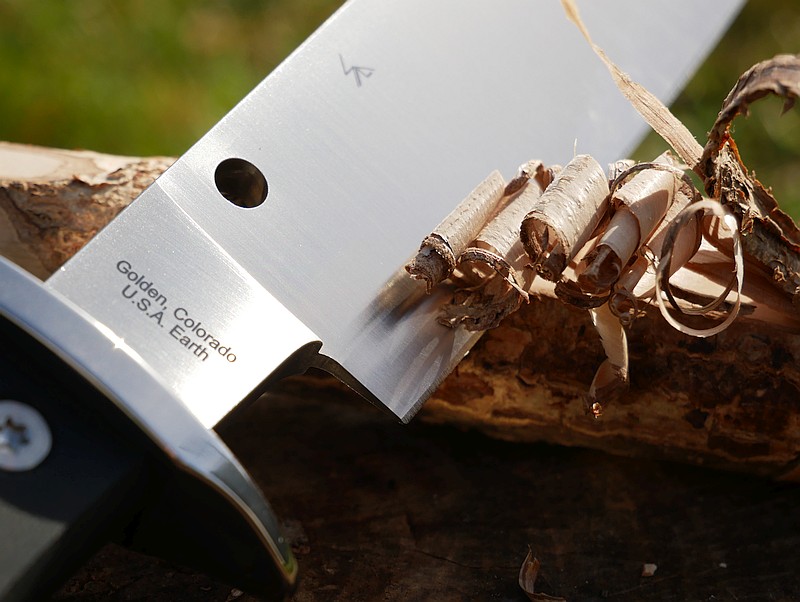
Discussing the Review:
The ideal place to discuss this review is on the Tactical Reviews Facebook Page 
Please visit there and start/join the conversation.
As well as the Tactical Reviews Facebook Page, please consider visiting one of the following to start/join in any discussion.
BladeForums – Knife Reviews (US based Forum for Knife Discussion)
CandlePowerForums – Knife Reviews Section (Largest and Friendliest Flashlight Community Forum)

